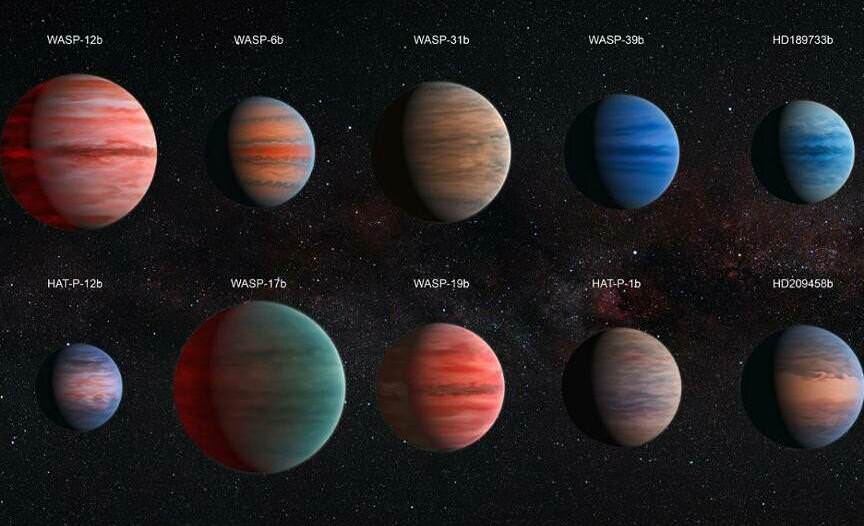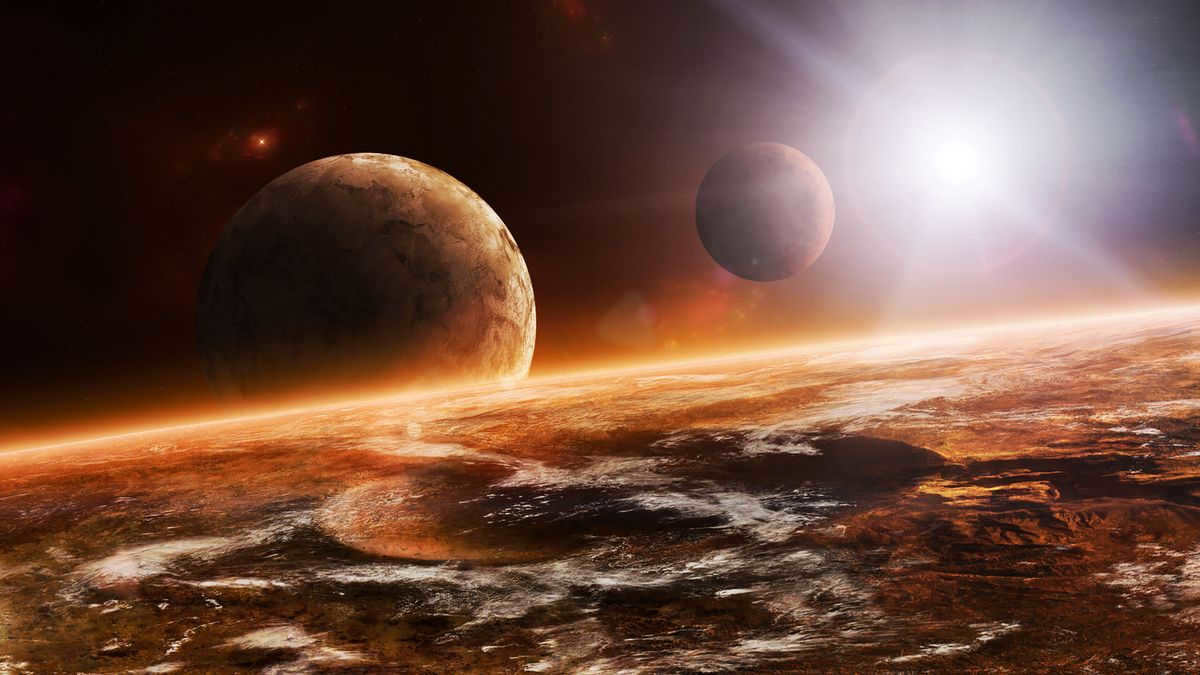
Only 1% of the surrounding outer space has been explored, and this small fraction has already led scientists to the discovery of new galaxies and planets near our solar system. However, these findings represent just a minuscule portion of the vast expanse of space. Now, let us delve into the realm of the most colossal planets that science has encountered thus far.
What is the definition of exoplanets?
Exoplanets are newly discovered planets that scientists have found outside of our solar system. The term “exo” comes from the Greek word meaning “outside” or “beyond,” which accurately describes these cosmic bodies that exist beyond our familiar solar system.
Many exoplanets bear similarities to Earth, as they also revolve around stars. However, there are also exoplanets that do not follow a specific stellar orbit. Astronomers made their first exoplanet discovery in 1992, and as of March 2, 2022, there have been a total of 4,980 thousand exoplanets identified.
Scientists rely on powerful telescopes, such as the Kepler telescope, to gauge the dimensions, makeup, and exterior of exoplanets. The Kepler telescope, in particular, has played a pivotal role in uncovering the majority of the newly identified planets.
It should be noted that all exoplanets are classified as gas giants, as the formation of rocky planets of such colossal proportions is simply implausible.
To help illustrate the magnitude of exoplanets, let us juxtapose them with Jupiter, the largest planet within our own solar system.

When it comes to exoplanets, identifying the “largest” ones is a challenging task. Some may qualify based on their size, while others may meet the criteria due to their gravity. In this article, we will explore exoplanets that, in one way or another, can be considered “the largest”.
Wasp 17-b.
can be paraphrased as:
W17-b, the planet of wasps.
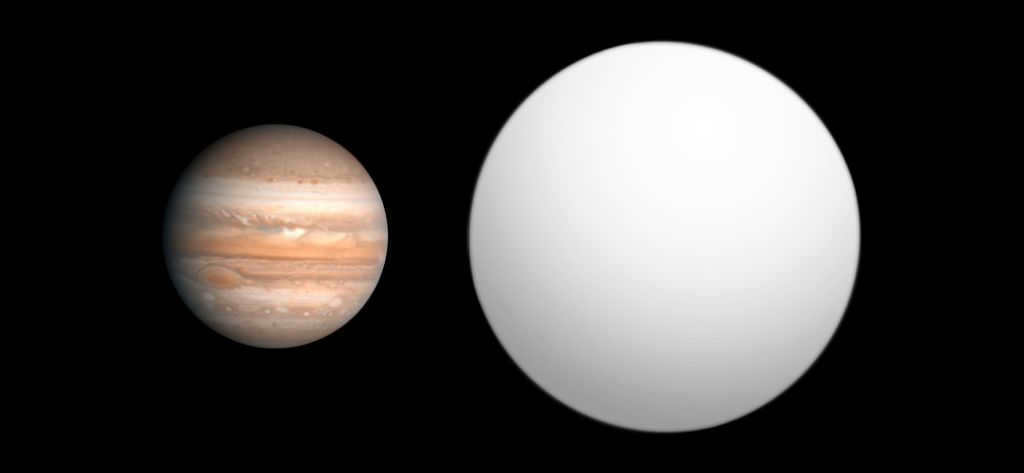
WASP-17-b (Wasp-17-b) stands out among the exoplanets that have been discovered so far. What sets it apart is its unique orbital motion, which is in direct opposition to the rotation of its parent star, unlike all other planets.
This exoplanet has a diameter twice that of Jupiter, indicating that it has an incredibly low density, averaging 0.1 grams per cubic centimeter. In comparison, Jupiter’s density is 13 times higher. In 2013, using the Hubble telescope, astronomers observed the presence of water vapor particles in the atmosphere of WASP 17 b.
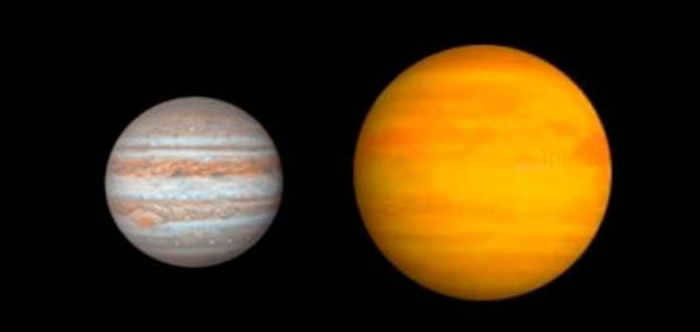
At first, when scientists discovered this exoplanet, they mistakenly believed it had a rocky structure similar to Earth. However, subsequent observations have revealed that 51-PEGAS-b is actually a gas giant.
The exact radius of the planet has yet to be determined, but astronomers speculate that it is larger than Jupiter due to its close proximity to the star and its temperature of over 1000 °C. The mass of 51-PEGAS-b is known, however, at 0.468 times that of Jupiter. Interestingly, there is a fascinating hypothesis that this exoplanet is tidally locked, meaning that it always has one side facing the star.
Hat on page 33 of the book.
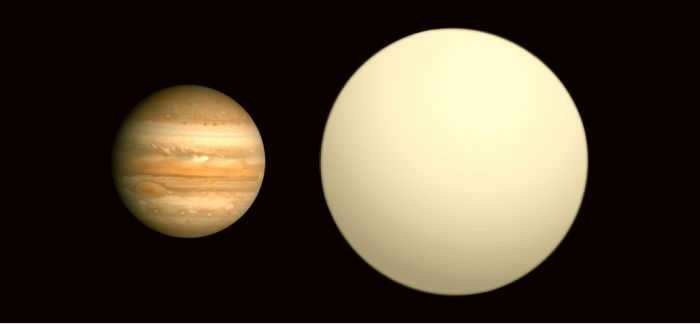
This exoplanet is positioned in the Andromeda constellation, which results in a distance of approximately 1044 light years from our solar system. HAT-p-33-b was discovered in 2011 and instantaneously earned the distinction of being the largest planet in the entire universe. The size of this colossal planet is 2000 times larger than that of Jupiter, despite their similar mass.
Four three b a.
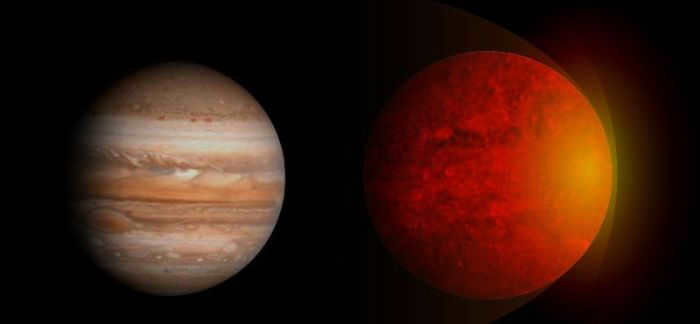

By the way, prior to the discovery of HAT-p-32-b, TRES-4-ab held the title for the largest planet. This rare exoplanet resides in a binary star system. It has a mass equivalent to that of Jupiter, but its radius is a whopping 1706 times greater than Jupiter’s. With a density of only 0.33 g/cm3 and a scorching temperature of 1728 K, TRES-4-ab is quite extraordinary.
Due to its relatively small mass in relation to its size, TRES-4-ab is unable to retain its expanding gas on its surface. As a result, it forms a tail similar to that of a comet as it travels through the universe.
The exoplanet Wasp 12-b.
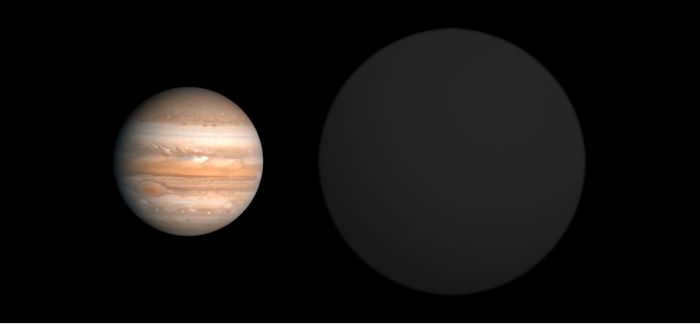
WASP-12-b orbits a star that resembles the Sun of our Earth, which is quite logical given its proximity of 870 light years, a relatively short distance in astronomical terms. This exoplanet has a radius of 0.03 a.u., making it relatively small, and its surface temperature can reach up to 1500°C. Interestingly, a year on WASP-12-b is equivalent to one Earth day.
Out of all the exoplanets mentioned, this particular one is the closest to its star. Based on preliminary calculations, it is predicted that in 10 million years, the planet will be completely engulfed by the star it orbits and cease to exist.
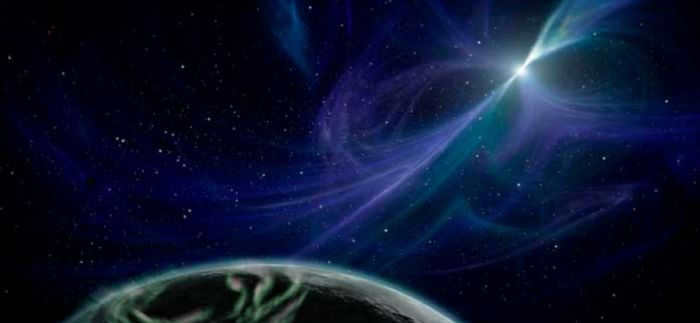
This exoplanet has made it onto the prestigious list of celestial bodies that scientists have successfully captured in an image. It is classified as a gas giant due to its massive radius of 330 astronomical units (a.u.). This discovery has left scientists in awe, as the distance between 1-rxs-j-160929-1-210524-b and its parent star is incredibly vast, preventing any confirmed connection between the two.
Astronomers have developed a theory to explain this phenomenon – during the formation of a star system, some of the matter divided, with one portion evolving into a fully-fledged star, while the other lacked the necessary energy and instead transformed into a planet.
Kepler 12-b – the exoplanet.
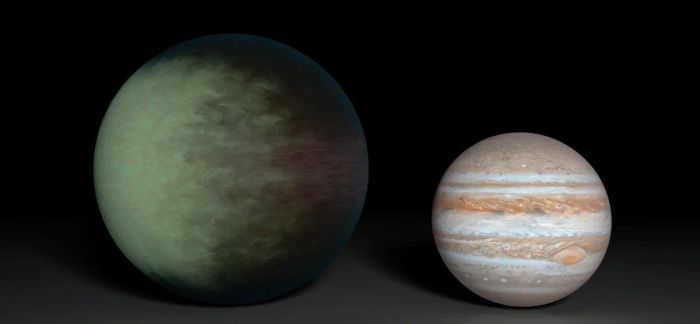
Kepler-12-b, located in the constellation Lyra, falls into the category of a gas giant. It orbits a yellow dwarf star that is situated 1956 thousand light years away from our solar system.
Similar to other planets, Kepler-12-b is relatively close to its star, approximately 0.05 astronomical units. As a result, its surface temperature reaches 1500 K. The peculiar shape of Kepler-12-b resembles a tail, which is caused by its expanding and losing atmosphere that escapes into space.
Beta artist b.
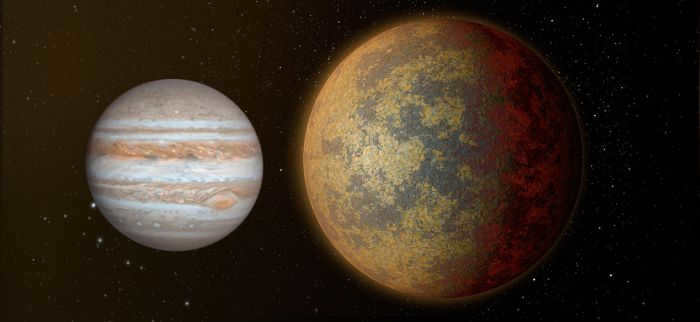
Beta painter-b is currently recognized as the most rapid spinning planet in existence. This exoplanet completes a full rotation on its axis in under 8 hours.
Relative to other planets, Beta painter-b is situated at a significantly larger distance from its parent star, approximately 9.2 astronomical units. However, despite this considerable gap, the surface temperature of the planet reaches a scorching 1600 K. Scientists theorize that this extreme heat is attributed to the dusty composition of Beta-painter-b.
The biggest planets in our solar system
Now we have a clear understanding of which exoplanets are classified as the largest, and which ones will no longer exist in 10 million years. However, what about our own solar system, which is also abundant with a diverse range of planets? Let’s take a closer look at the largest planets in our solar system and explore their unique characteristics.
9. The size of Pluto. Pluto has a diameter of 2372 kilometers.
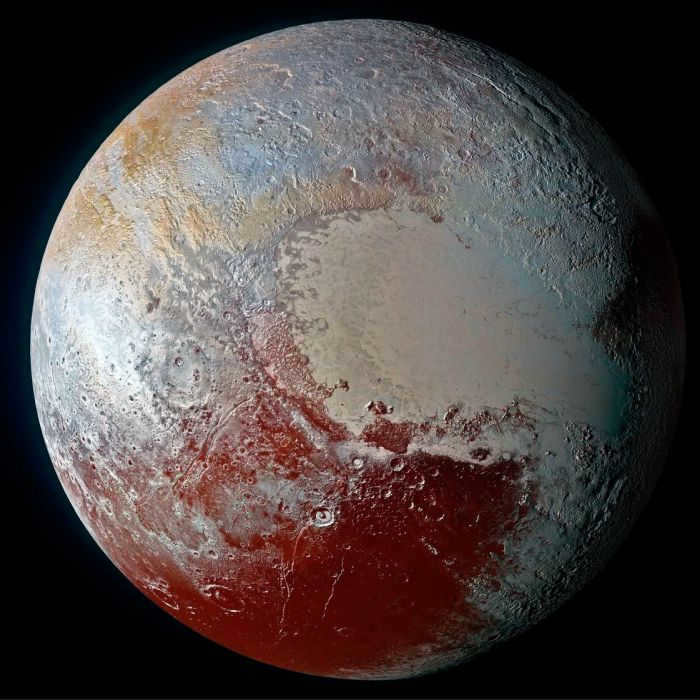
Pluto has been the subject of heated debates among astronomers for a long time, regarding whether it should be classified as a planet or a transneptunian object. In 2006, the International Astronomical Union made a decisive resolution that resulted in Pluto losing its status as a full-fledged planet. However, it gained a new designation as a “dwarf planet”.
With a diameter of 2372 km and a mass of 1.31*1022 kg, Pluto is located approximately 6 billion kilometers away from the Sun. The surface of Pluto has an average temperature of -230°C and is primarily composed of water ice.
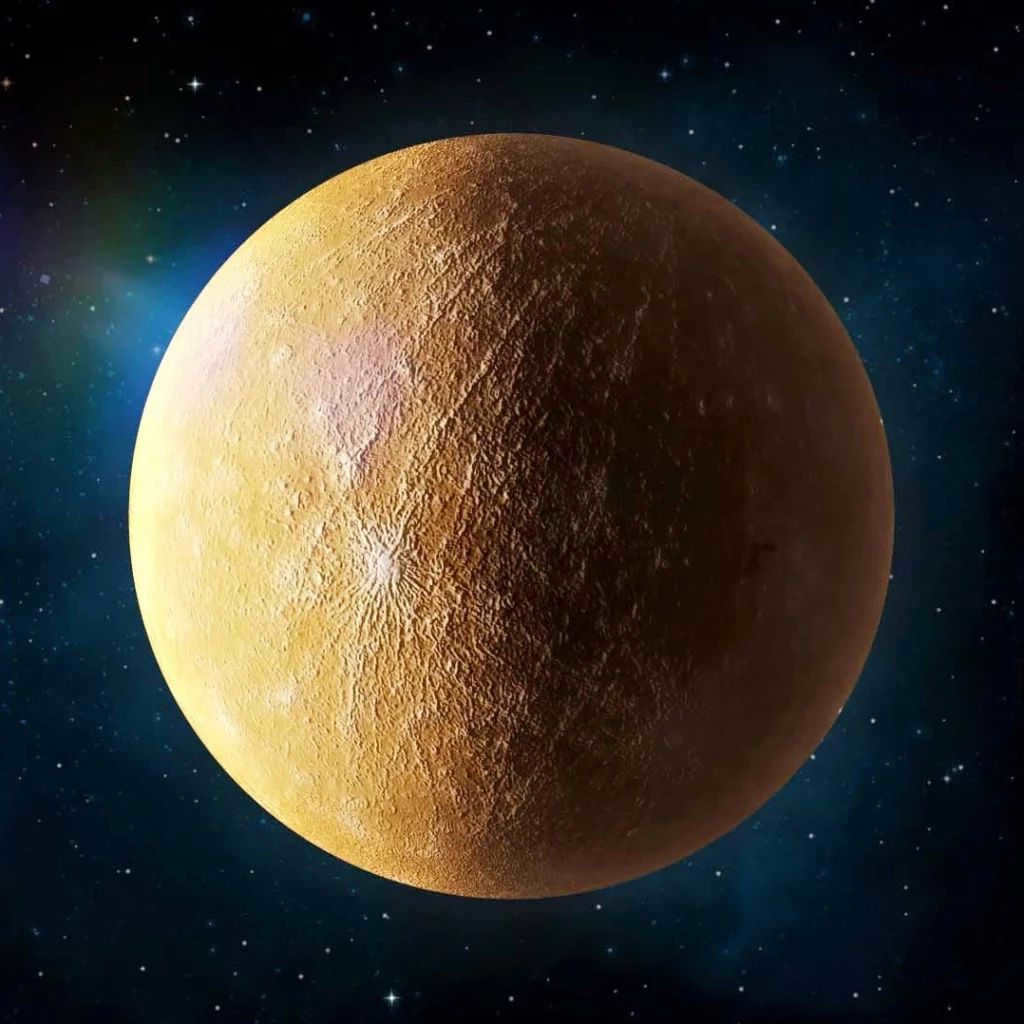
Mercury, the planet closest to the Sun, experiences extreme temperature fluctuations, reaching 425°C during the day and dropping to -175°C at night. With a diameter of only 4879 km, Mercury is relatively small in size. Similar to the Moon, Mercury is covered in numerous craters and has a rocky surface.
A recent intriguing discovery by scientists suggests the presence of ice formations on Mercury’s surface.
7. Mars. Diameter – 6,792 km.
can be paraphrased as:
7. Mars. The size of Mars is approximately 6,792 kilometers in diameter.
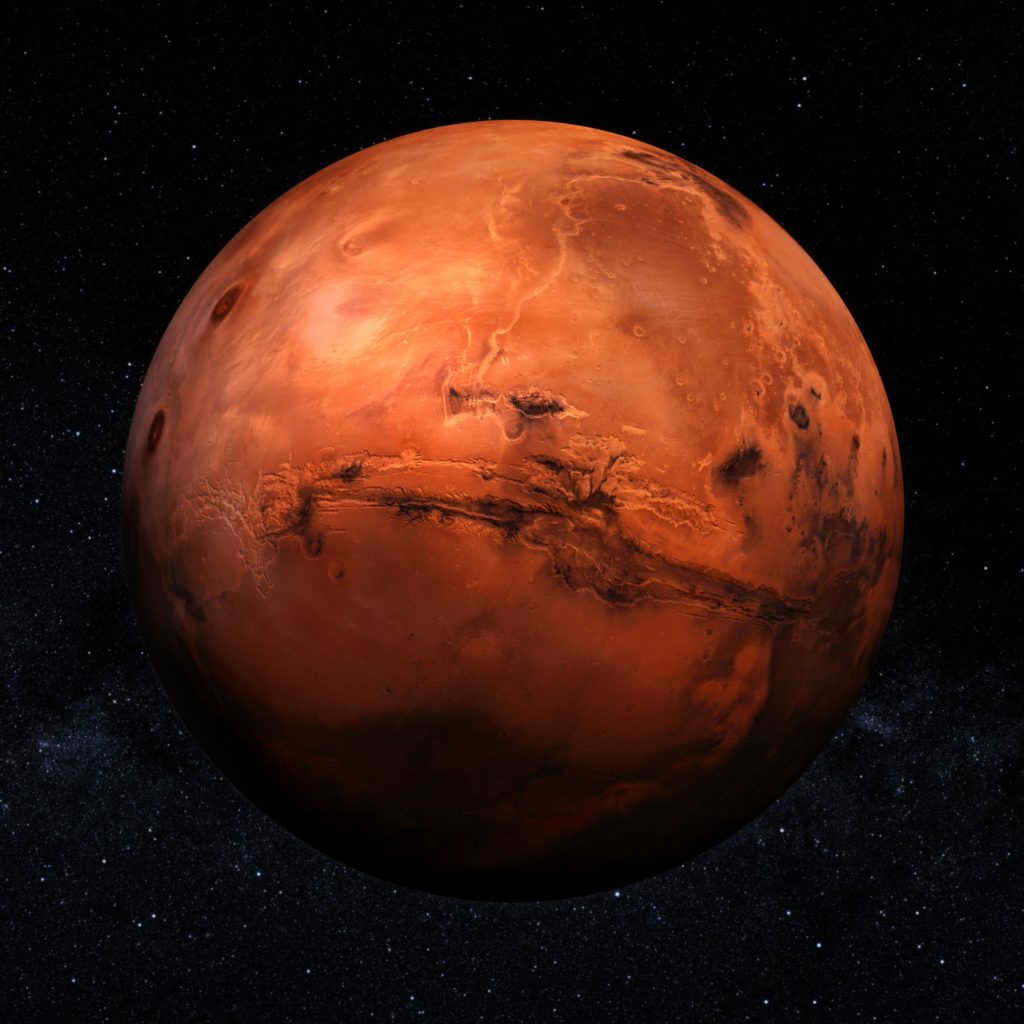
Mars, also known as the Red Planet, holds the 7th spot in the solar system’s list of largest planets, boasting a diameter of 6792 km. The temperature range on this celestial body varies from -150 to 20°C. Unlike its planetary counterparts, Mars has an atmosphere composed mainly of carbon dioxide, making up 95% of its atmospheric composition.
In addition to its unique atmospheric composition, Mars lacks its own magnetic field, leaving its surface highly exposed to the Sun’s radiation. Furthermore, this planet takes the crown for having the most significant number of craters compared to other planets in our solar system.
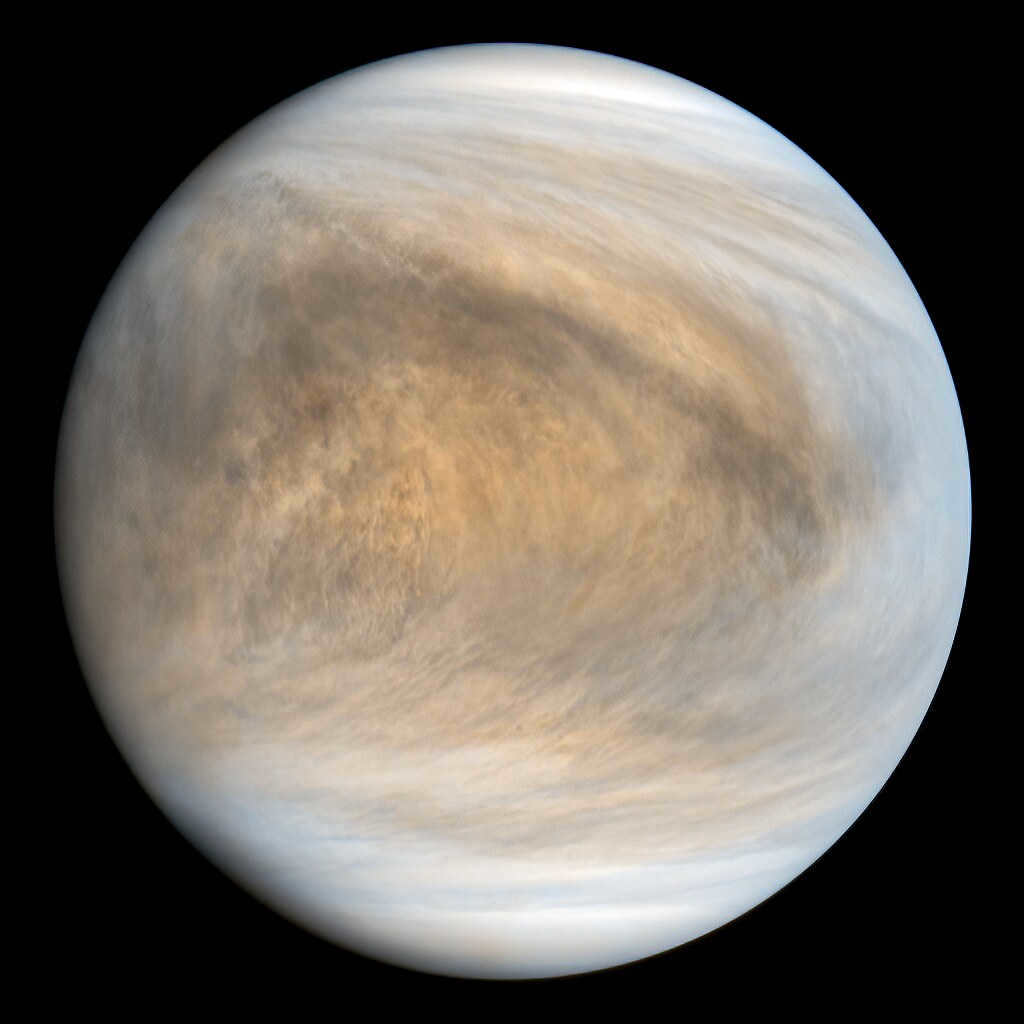
It is an interesting fact that during the early stages of their formation, Earth and Venus were remarkably similar to each other. However, as time went on, Venus developed a different atmosphere filled with carbon dioxide instead of oxygen, and even acquired toxic clouds. Ancient astronomers who observed the planet through their telescopes even mistakenly believed that it was constantly raining due to these clouds.
Venus has a diameter of 12,100 km and experiences temperatures as high as 475 ° C. Furthermore, this extreme temperature is constant on the planet due to ongoing volcanic activity and the presence of a “greenhouse effect”, which prevents the planet from cooling down.

The largest planets in the solar system have a prominent leader at the top, and it is none other than our familiar and beloved Earth. Our planet holds a special position in the solar system, known as the “Goldilocks” or the habitable zone. This term refers to the region where conditions are just right for life to exist. If Earth were slightly closer to the Sun, its water would evaporate, and if it were a little farther away, it would freeze, making life impossible.
With a diameter of 12,742 kilometers, Earth is relatively small compared to other planets, weighing only 0.00315 times the mass of Jupiter. However, it is the only planet in the solar system that harbors life on its surface. This unique characteristic sets Earth apart from its planetary neighbors.
4. Neptune. The diameter of Neptune measures 49,224 kilometers.
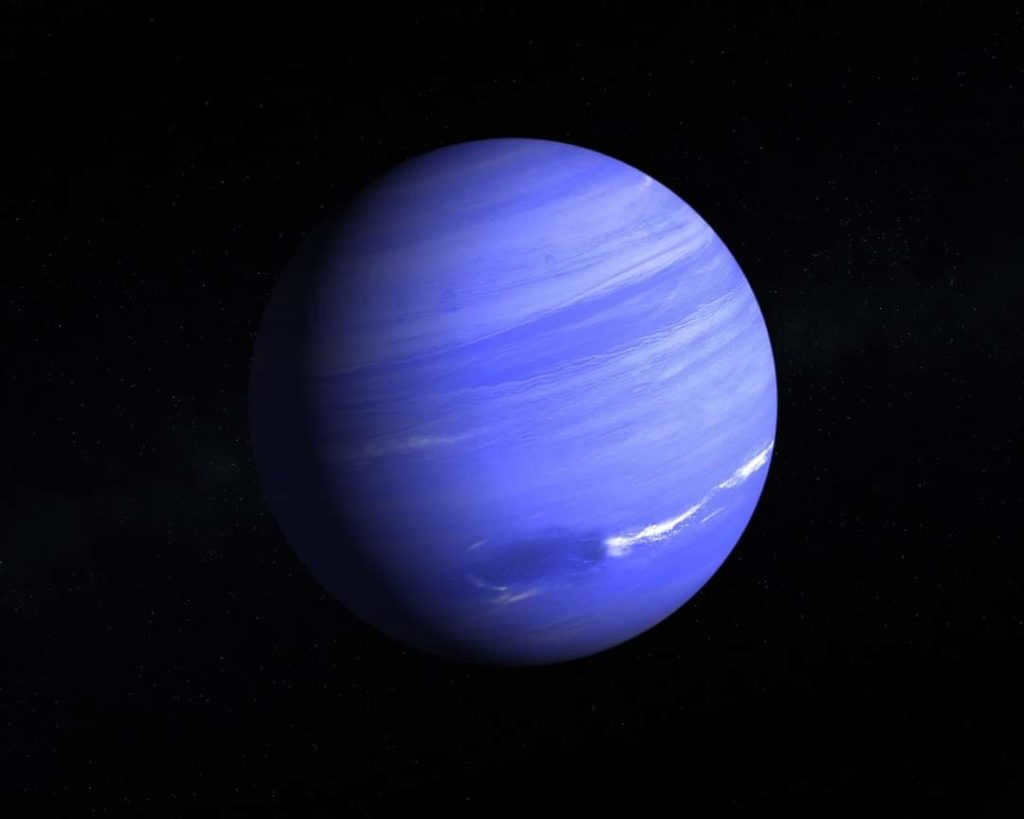
Neptune occupies the top spot in the ranking of the largest celestial bodies with a diameter of 49224 km and is classified as a gas giant. Additionally, its orbit is considered to be the farthest from the sun.
Due to its substantial ice cap, Neptune has the highest weight among all the planets in the solar system. It is estimated to be 17 times heavier than Earth. Recent satellites that have been sent to explore the outer reaches of the planet have recorded wind speeds exceeding 600 meters per second on this magnificent blue planet.
3. Uranus. With a diameter of 50,724 kilometers.
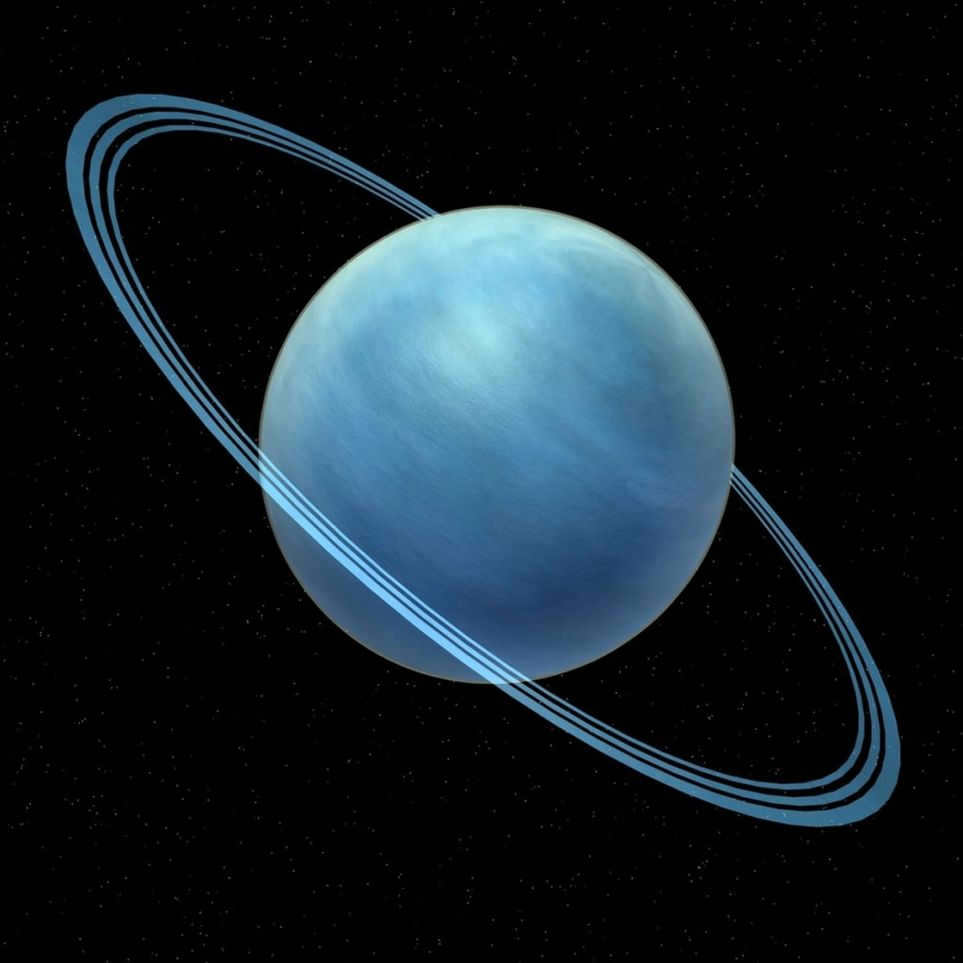
Uranus, with a diameter of 50724 km, holds the third position among the largest planets in the solar system. However, it is worth mentioning that despite its impressive size, this planet has an unusually low density.
Uranus is widely regarded as the coldest planet among the eight in our solar system. Its surface temperature remains at a steady -225 ° C. It is noteworthy that the planet acquired its nickname from Roman mythology, while all the other planets have Greek names.
2. Saturn. Size – 116,400 km in diameter.
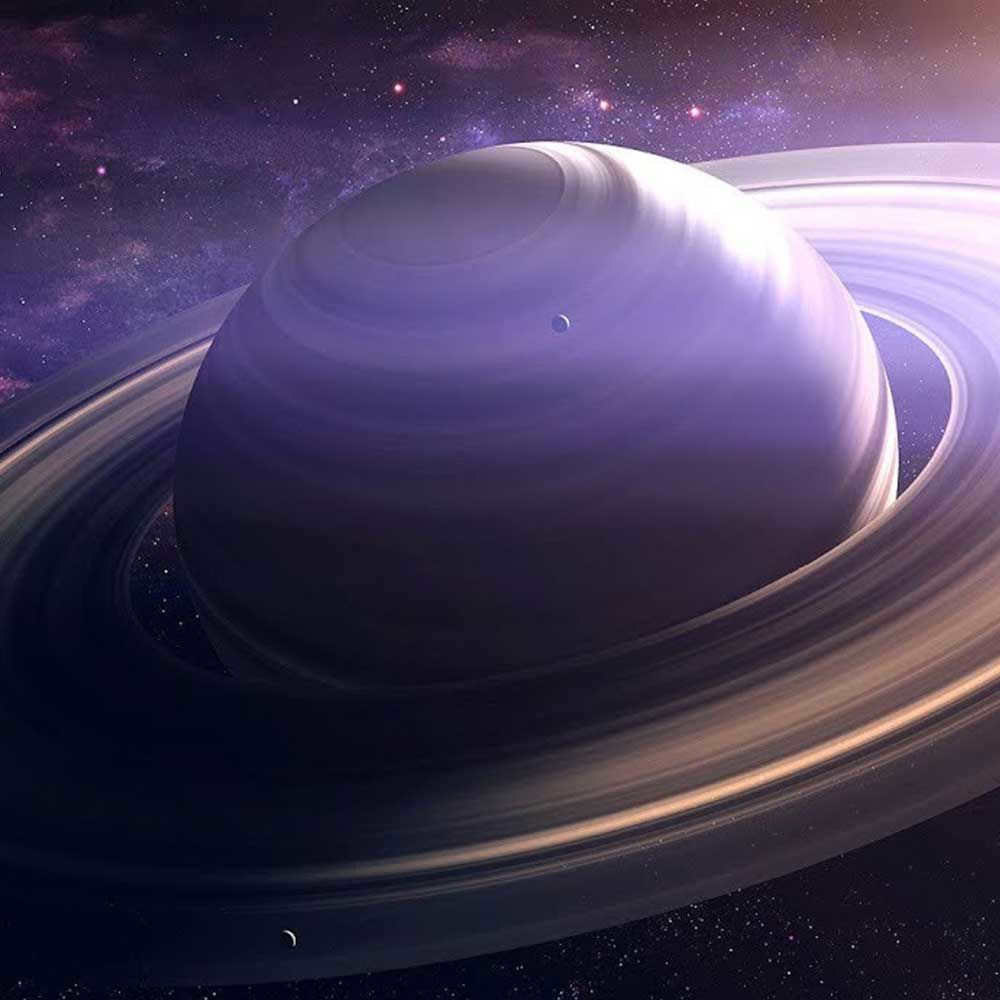
Not only is Saturn the second largest planet, but it is also renowned for its breathtaking beauty. The planet’s gas bands have captured the attention of stargazers around the world, and can even be observed with a basic telescope.
With a diameter of 116,400 km, Saturn boasts an impressive collection of 82 satellites, although only 12 have been fully explored. Additionally, the planet is known for its powerful winds, which can reach speeds of up to 1,800 km/h.

And now it’s time to highlight the leader among the largest planets in the solar system, the eighth planet known as Jupiter. With a diameter of 142,974 km, it surpasses the size of Earth by about 13 times. This magnificent planet is named after the Greek god of thunder, “Jupiter”.
Fascinating Facts about Jupiter
Similar to Saturn, Jupiter is abundant in satellites, currently known to have 69 of them. However, scientists believe that there could be even more satellites, but due to their great distance, they are simply not visible from Earth. While Jupiter may not have a high density, its atmosphere is truly remarkable. It is composed of multiple layers, similar to Earth, with each layer having a different chemical composition.
The Most Extraordinary Feature of Jupiter
Jupiter boasts numerous characteristics, such as its gravity being 2.5 times stronger than Earth’s, and its atmospheric pressure being 1000 times higher. However, its most distinctive trait is the Great Red Spot, a hurricane-like phenomenon reminiscent of those found on our own planet, albeit on a much grander scale. At its widest point, the Great Red Spot spans three times the diameter of Earth.
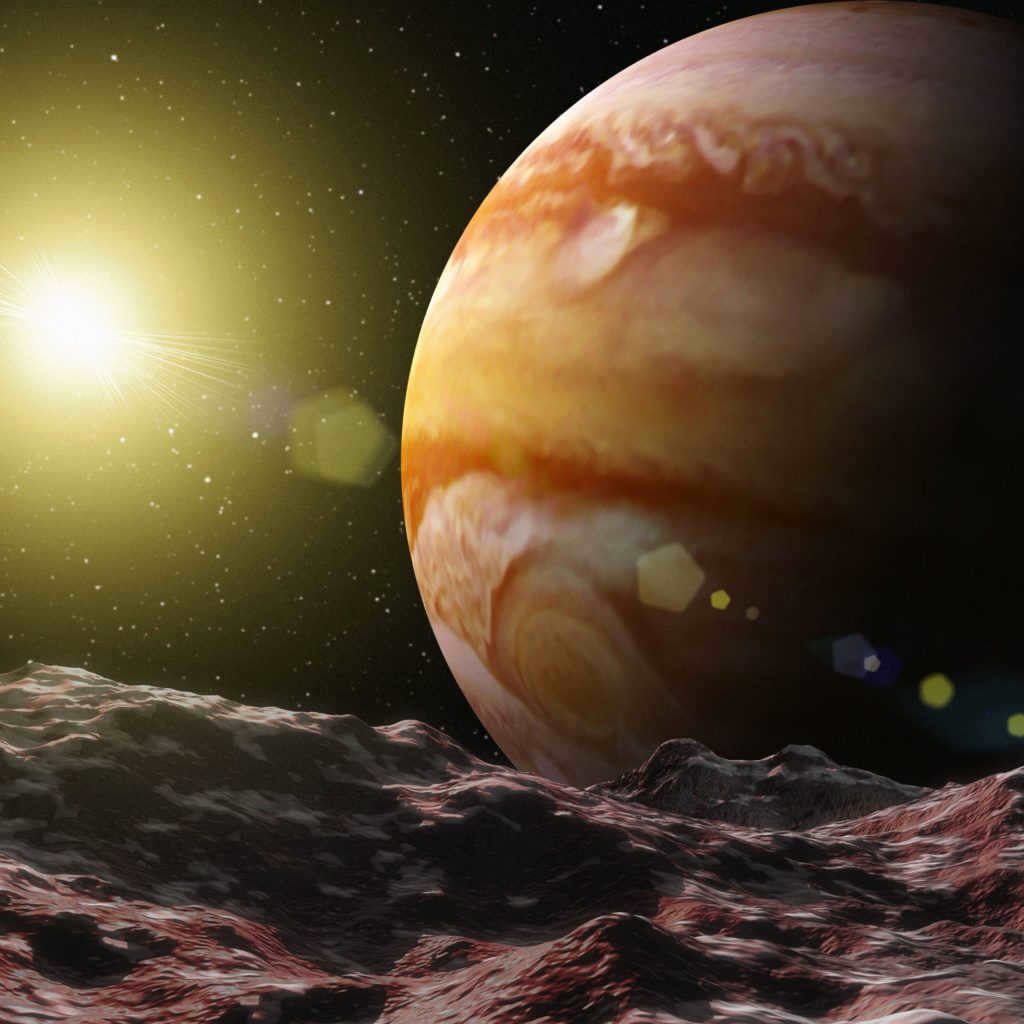
The Rings of Jupiter
The rings of Jupiter were initially spotted by the Voyager 1 spacecraft during its mission to explore space in 1979. They were further examined in more detail in 1999, when newer telescopes with better magnification replaced the older ones. It was then that astronomers discovered that the rings mainly consist of rocks and dust. Jupiter is home to a total of four rings: the halo, the main ring, the spider ring of Amalthea, and Thebes.
The Satellites of Jupiter
Galileo Galilei began studying the satellites of Jupiter as far back as 1610. In modern times, scientists have classified these satellites into two distinct groups: Galileo’s satellites and the remaining satellites. Currently, Jupiter is known to have approximately 79 satellites in total.
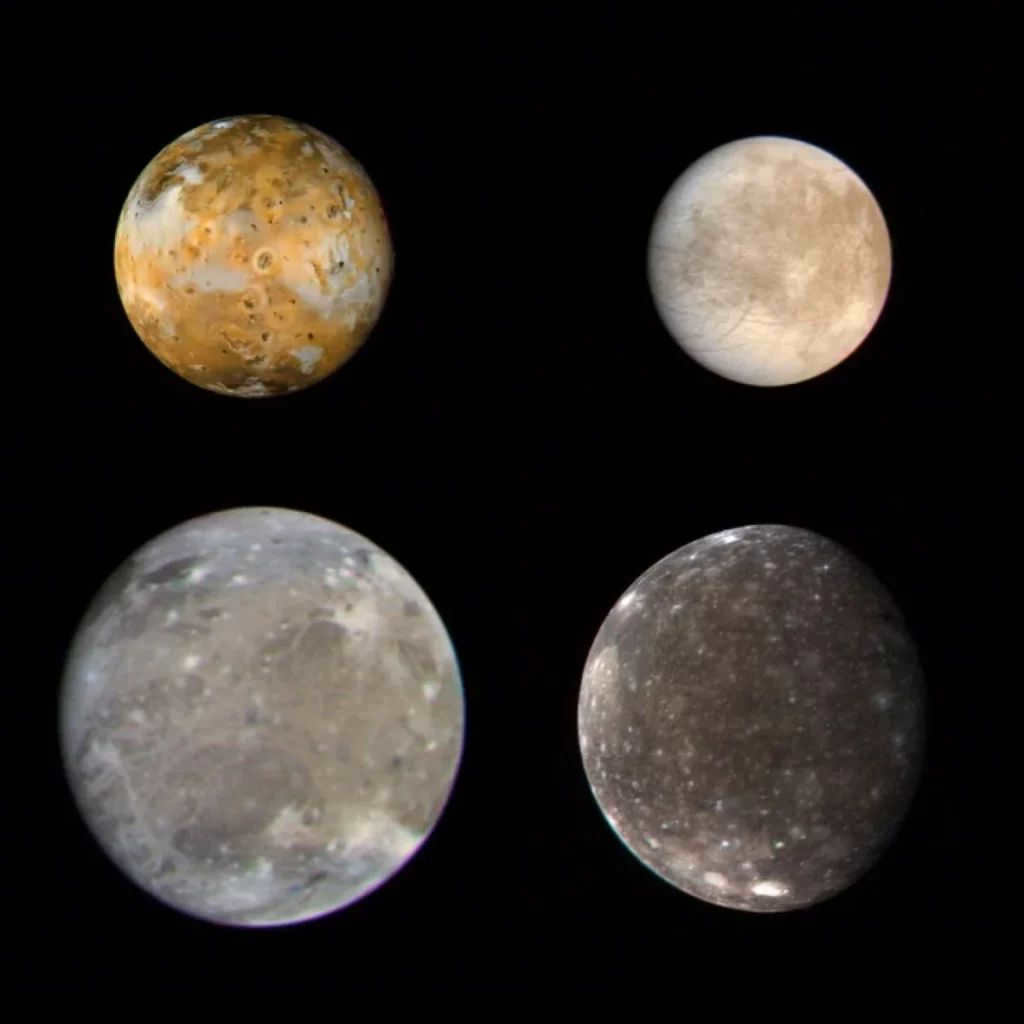
It is intriguing to note that certain satellites of Jupiter are similar in size to a small planet such as Mercury. The planet’s largest satellites are known as Io, Callisto, Ganymede, and Europa.
Mercury
Venus
Earth
Mars
Jupiter
Saturn
Uranus
Neptune
Previously, Pluto used to be regarded as the ninth planet of the Solar System. However, during the XXVI Assembly of the International Astronomical Union in August 2006, it was determined to exclude Pluto from the group of planets and classify it as a new type of celestial body known as a dwarf planet.
The exact number of dwarf planets in the Solar System remains unknown. As of mid-2008, only five celestial bodies have been identified as falling into this category:
Ceres
Pluto
Haumea
Makemake
Erida
In total, there are 9. Pluto happens to be the smallest…I can recall the order…in a poem we once learned…and that’s all…I can’t remember the rest….
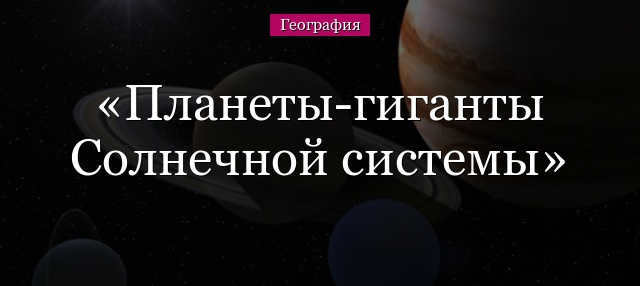
Jupiter, Saturn, Uranus, and Neptune are the four giant planets in our solar system. They are positioned beyond the asteroid belt and are commonly known as the outer planets. Despite being significantly larger than the Earth-group planets, they appear minuscule in comparison to the Sun. These four giant planets share many similarities, which is why they are classified as a distinct group.
Structure of the giant planets
The structure of the giant planets in our Solar System can be classified into two main groups: the terrestrial planets (Mercury, Venus, Earth, Mars) and the giant planets. These two groups are separated by a belt of cosmic small bodies known as asteroids.
It is fascinating to note that the giant planets are often referred to as gas giants. However, some astronomers only use this term to describe Jupiter and Saturn. Uranus and Neptune, on the other hand, have distinct compositions and are classified as a separate group known as ice giants.
Figure 1. The giant planets in the solar system.
The giant planets in our Solar System are composed of a intricate combination of gases: hydrogen, ammonia, helium, and methane. Their primary distinction lies in the absence of a typical solid surface. As we venture closer towards the center of these planets, the atmosphere gradually becomes more dense, transitioning from a gaseous state to a liquid state. However, unlike Earth, there is no distinct boundary between the ocean and the atmosphere within these gas giants. The ocean present within these planets is not comprised of water, but rather consists mainly of liquid hydrogen.
At significant depths, the pressure within these giant planets intensifies to the extent that the liquid hydrogen transforms into a metallic state. Below the layer of metallic hydrogen lies the planet’s core, which is composed of highly compressed rock.
A concise description of the colossal planets
The roster of colossal planets comprises Jupiter, Saturn, Uranus, and Neptune, which are linked not only by their substantial separation from the Sun but also by numerous physical attributes.
A comparative depiction of the colossal planets is conveniently depicted in tabular form.
In order to determine the size of a particular planet, one must consider its mass and diameter. The largest planet in our Solar System is 300 times larger than Earth and has a diameter that is eleven times greater. To find out more about the largest planets in the solar system, including their names, sizes, photos, and notable features, please refer to our comprehensive ranking.
The measurements for diameter, mass, day length, and orbital radius are all provided in comparison to those of Earth.
9. Pluto has a diameter of approximately 2370 km
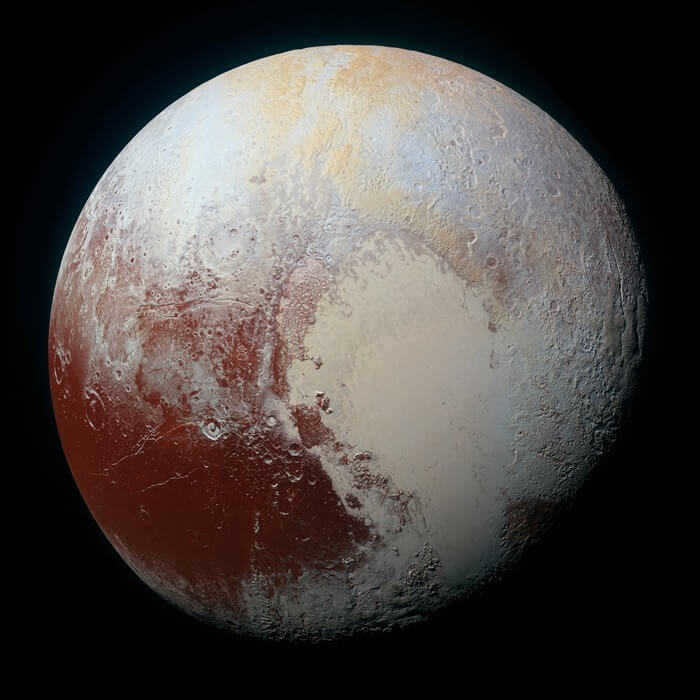
Pluto is the second biggest dwarf planet in the solar system, right after Ceres. Although it used to be considered a full-fledged planet, it was never the largest among them, with a mass only equal to 1/6 of the Moon’s mass. With a diameter of 2370 km, Pluto is composed of a mixture of rock and ice. It is no wonder that the surface of Pluto is extremely cold, with temperatures dropping to minus 230 °C.
8. Mercury has a diameter of approximately 4,879 kilometers.
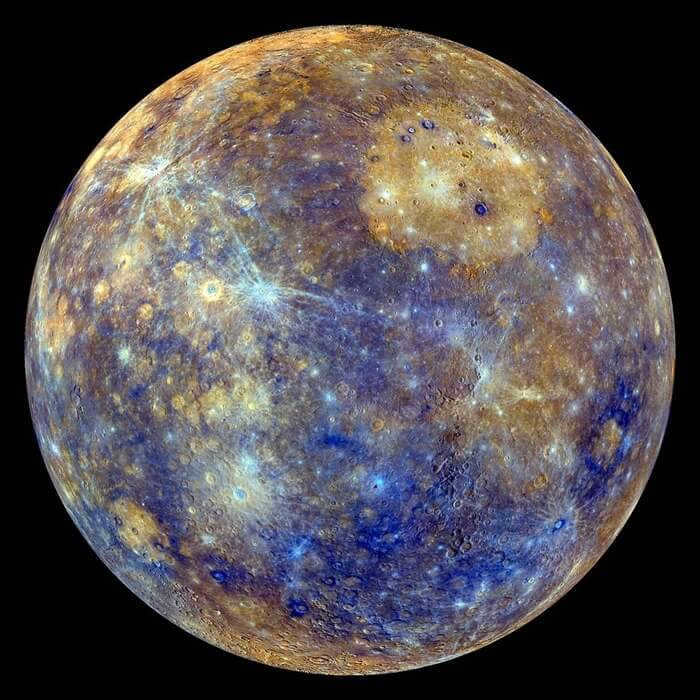
An itsy-bitsy world with a mass nearly twenty times lighter than Earth and a diameter 2 ½ times tinier than Earth’s. In reality, Mercury is more similar in size to the Moon than to Earth and is presently regarded as the tiniest planet in the solar system. Mercury possesses a rocky surface adorned with craters. Recently, the Messenger spacecraft verified that deep craters on the side of Mercury that is eternally covered in darkness hold icy water.
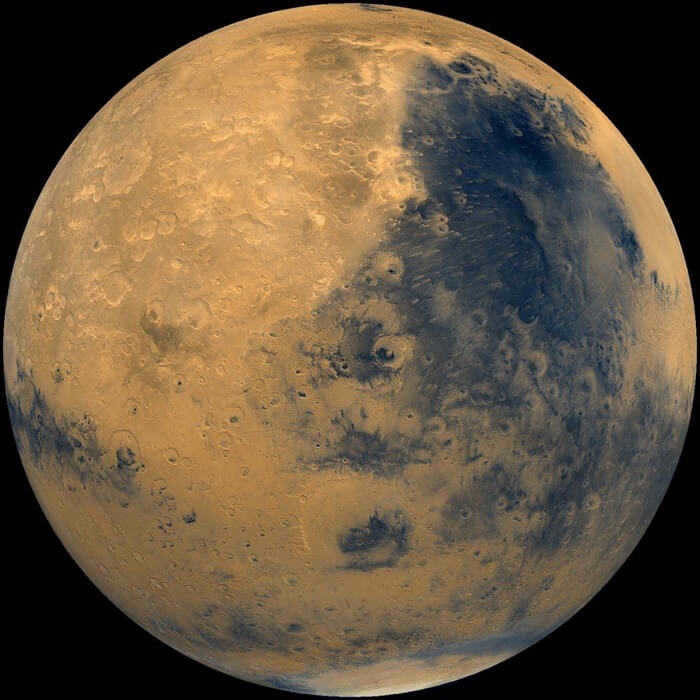
Mars, which is approximately half the size of Earth with a diameter of 6,792 km, possesses a mass that is only one-tenth that of Earth’s. Being the fourth closest planet to the Sun, it is not particularly large compared to other celestial bodies in the solar system. Mars has an inclination of 25.1 degrees, which gives it a change of seasons similar to Earth. A day on Mars, known as a sol, lasts for 24 hours and 40 minutes. In the southern hemisphere, summers are hot and winters are cold, while in the northern hemisphere, the contrasts between seasons are not as extreme, resulting in milder summers and winters. These conditions make Mars an ideal environment for constructing greenhouses and cultivating potatoes.
6. Venus ∼ 12,100 km
The majority of Venus’ surface is composed of extensive volcanic plains, with the remainder being dominated by towering mountains. The planet’s atmosphere is primarily composed of carbon dioxide, with dense clouds of sulfur dioxide. This unique atmosphere creates the most powerful greenhouse effect in the entire solar system, resulting in an average temperature of 460 degrees on Venus.
5. The Earth has a circumference of approximately 12,742 km
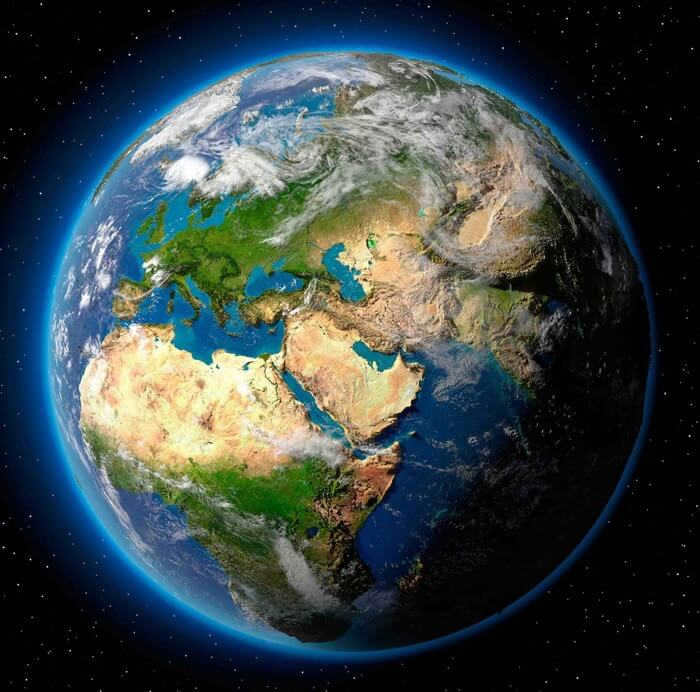
Earth, the third planet closest to the Sun, is unique among the planets in our solar system because it supports life. It has a tilt of 23.4 degrees, a diameter of 12,742 km, and a mass of 5.972 septillion kg.
This planet has a remarkable age of 4.54 billion years. Throughout most of that time, it has been accompanied by a natural satellite known as the Moon. Scientists believe that the Moon was created when a large celestial body, Mars, collided with Earth, causing enough material to be ejected and form the Moon. The Moon plays a crucial role in stabilizing the Earth’s axis tilt and generating the tides in our oceans.
4. The distance between Neptune and Earth is approximately 49,000 km
3. Uranus is located around 50,000 km away from our planet
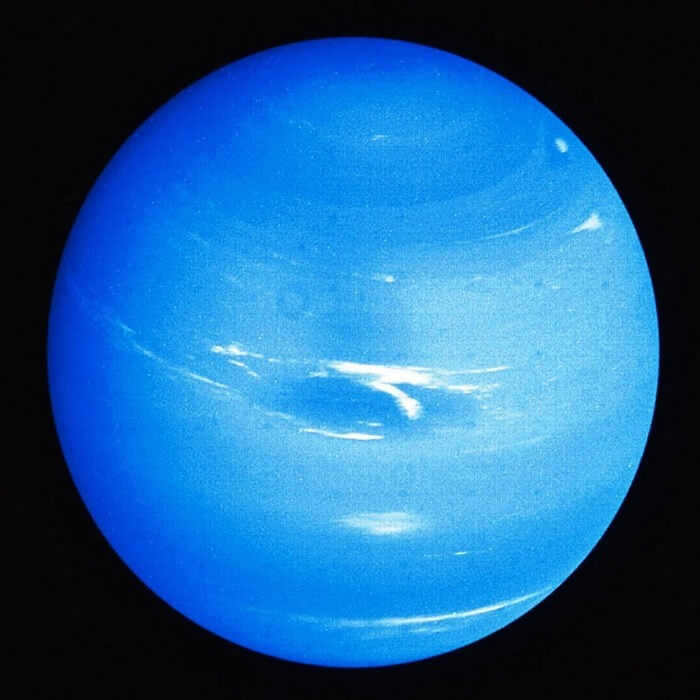
Ranked at number three among the largest planets in our solar system, Uranus is the seventh closest to the Sun. It is also the third largest planet and the fourth heaviest. With a diameter four times that of Earth, Uranus measures around 50,000 km. In terms of mass, Uranus is 14 times heavier than our planet.
Uranus has a total of 27 known moons, ranging in size from over 1500 km to less than 20 km in diameter. These satellites are primarily composed of ice, rocks, and various trace elements. The planet itself has a solid core made of rock, surrounded by a layer of water, ammonia, and methane. The atmosphere of Uranus is primarily made up of hydrogen, helium, and methane, with a layer of clouds at the top.
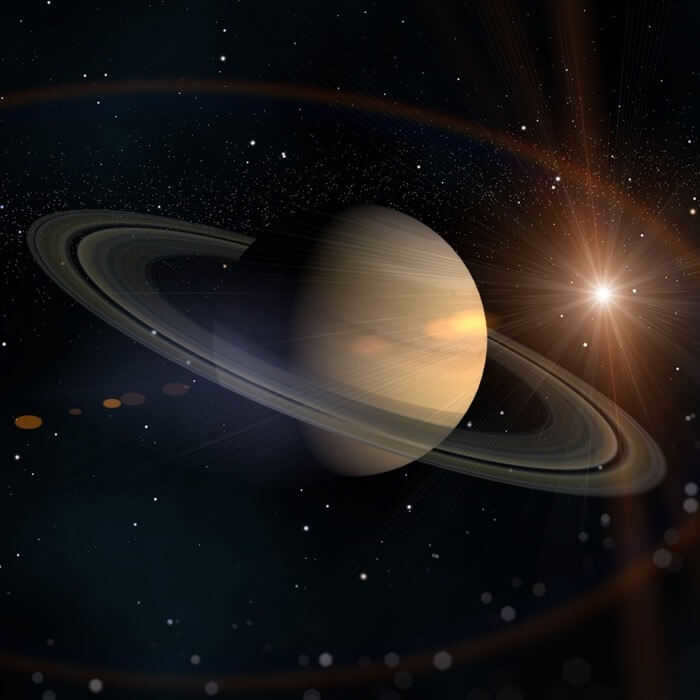
Saturn, the second largest planet in our solar system, is widely known for its impressive ring system. This fascinating feature was first discovered by the renowned astronomer Galileo Galilei in 1610. Galileo initially believed that Saturn was accompanied by two other planets positioned on either side of it. However, it wasn’t until 1655, when Christian Huygens utilized an improved telescope, that the intricate details of Saturn’s rings became apparent. These rings span a distance of 7,000 km to 120,000 km above Saturn’s surface. To put its size into perspective, Saturn itself has a radius that is 9 times greater than that of Earth, measuring at 57,000 km. Moreover, Saturn’s mass is an astonishing 95 times greater than that of our home planet.
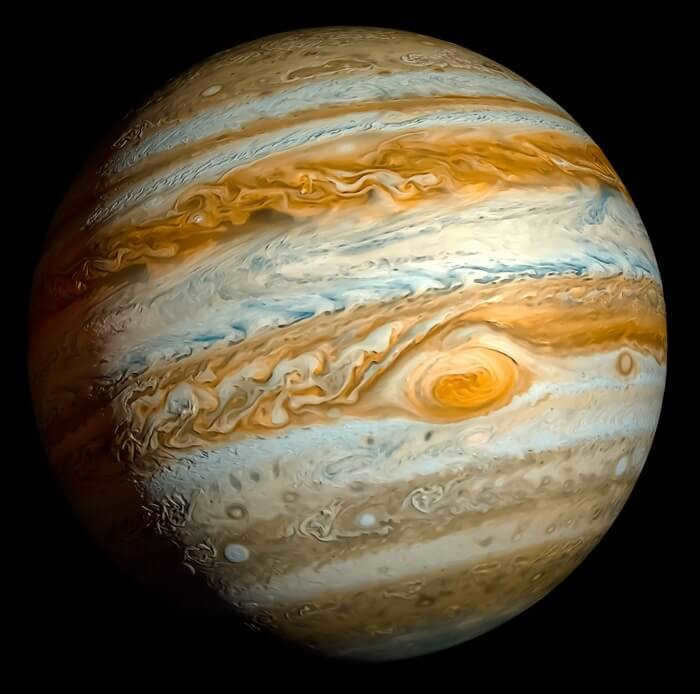
What do we know about Jupiter?
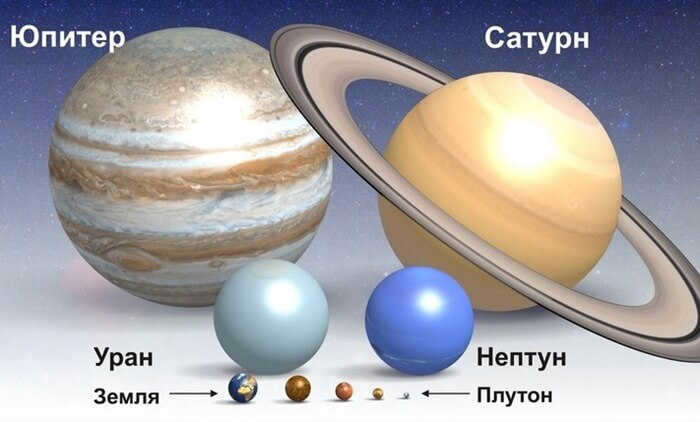

Jupiter’s size compared to other planets in the solar system
Jupiter has a radius of 69,911 kilometers. In fact, all the largest planets in our solar system could fit inside Jupiter (as shown in the photo). Furthermore, if we were to take only Earth, we could fit 1,300 of them within Jupiter’s body.
Being the fifth planet from the Sun, it is named after a Roman god.
Jupiter’s atmosphere is primarily composed of gases, with helium and hydrogen being the most abundant. This is why it is often referred to as the gas giant of the solar system. The surface of Jupiter consists of a liquid hydrogen ocean.
Jupiter possesses the most powerful magnetosphere out of all the planets, with a strength 20,000 times greater than Earth’s magnetosphere.
The biggest heavenly object in our solar system orbits the Sun every 11.86 years, which is equivalent to the time it takes for the Earth to complete its revolution around the Sun.
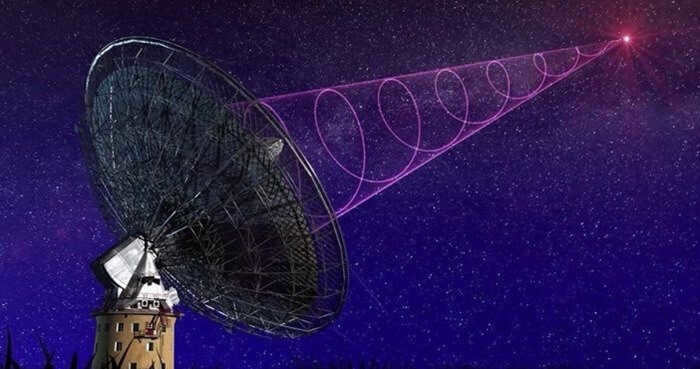

Jupiter emits powerful radio waves that can be detected from Earth. There are two types of emissions:
- Intense bursts occur when Io, one of Jupiter’s largest moons, passes through specific areas of the planet’s magnetic field.
- Jupiter’s surface and radiation belts continuously emit radio waves produced by high-energy particles. These waves could assist scientists in exploring the moons’ oceans.
The most distinctive characteristic of Jupiter
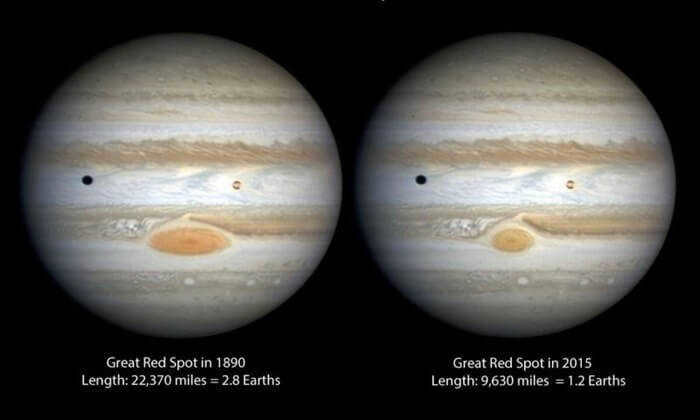
Without a doubt, the outstanding characteristic of Jupiter is the Great Red Spot, an enormous hurricane that has been raging for over 300 years.
- The Great Red Spot has a diameter three times that of the Earth, and it rotates around the center and counterclockwise at an astonishing speed of 360 km per hour.
- The storm’s color, which typically ranges from a brick red to a light brown, may be due to the presence of small amounts of sulfur and phosphorus.
- The spot either grows or shrinks over time. One hundred years ago, the feature was twice its current size and significantly brighter.
Jupiter is home to numerous other spots, but only those in the Southern Hemisphere seem to persist for a significant amount of time.
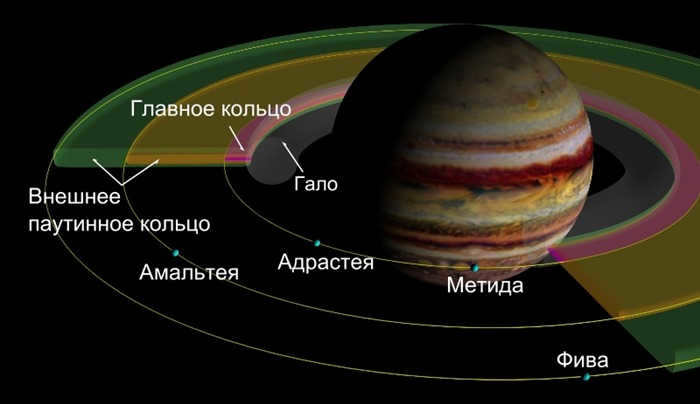
While Saturn’s rings can be easily seen from Earth even with small telescopes, Jupiter’s rings are much more difficult to observe. The existence of Jupiter’s rings was first discovered through data collected by the Voyager 1 spacecraft in 1979, but their origin remained a mystery. It wasn’t until the Galileo spacecraft, which orbited Jupiter from 1995 to 2003, collected additional data that it was confirmed that these rings were formed by meteoroid impacts on small satellites orbiting the giant planet itself.
Jupiter’s ring system consists of several components:
The main ring is flat and measures about 30 km thick and 6,400 km wide. The halo extends halfway down from the main ring to the tops of Jupiter’s clouds and expands as it interacts with the planet’s magnetic field. The third ring, known as the spider ring, gets its name from its transparent appearance.
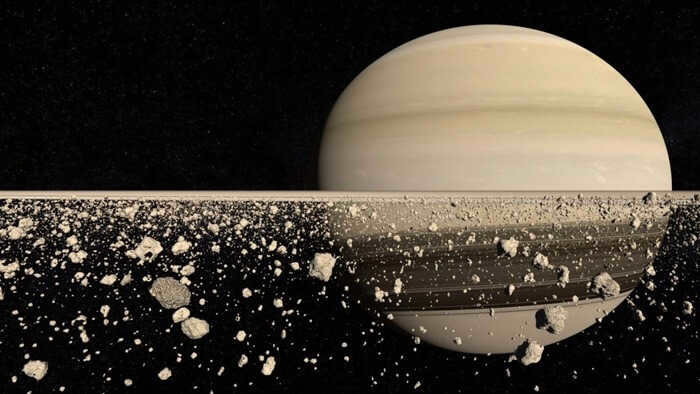
The impact of meteorites on the surface of Jupiter’s smaller inner moons results in the creation of dust particles. These dust particles subsequently settle into orbit around the planet, forming rings.
The Satellites of Jupiter
Jupiter is home to a total of 53 confirmed moons that revolve around it, with an additional 14 moons that are yet to be officially confirmed.
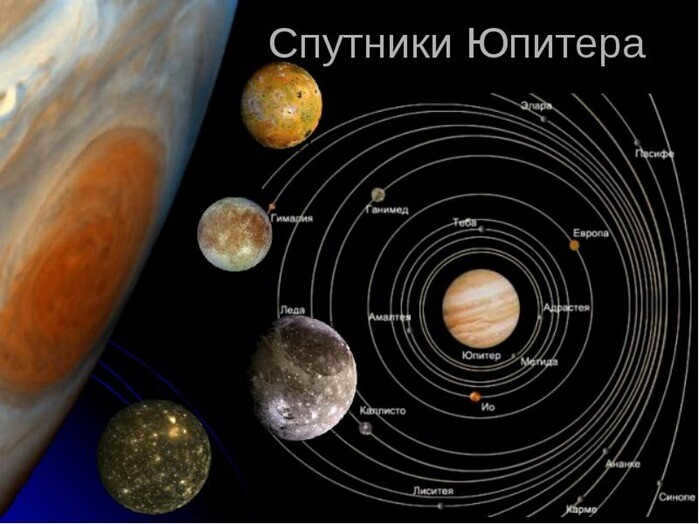

Jupiter’s four biggest moons, known as the Galilean satellites, are named Io, Ganymede, Europa, and Callisto. These moons were first discovered by Galileo Galilei in 1610 and are named after Zeus’ companions in Roman mythology, Jupiter being the Roman equivalent of Zeus.
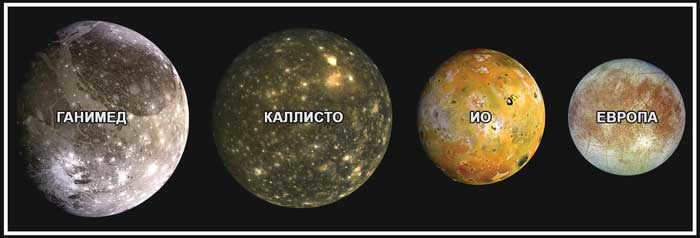
Io possesses furious volcanoes; Europa possesses a subglacial ocean and may potentially harbor life within it; Ganymede is the most massive among the satellites in the entire solar system and has its very own magnetosphere; and Callisto possesses the lowest reflectivity out of the four Galilean satellites. A theory postulates that the surface of this moon is composed of dark, colorless rock.
Watch the video: Jupiter holds the title of the biggest planet in our solar system
We trust that we have provided a comprehensive response to the inquiry regarding which celestial body in our solar system holds the title for being the most immense!
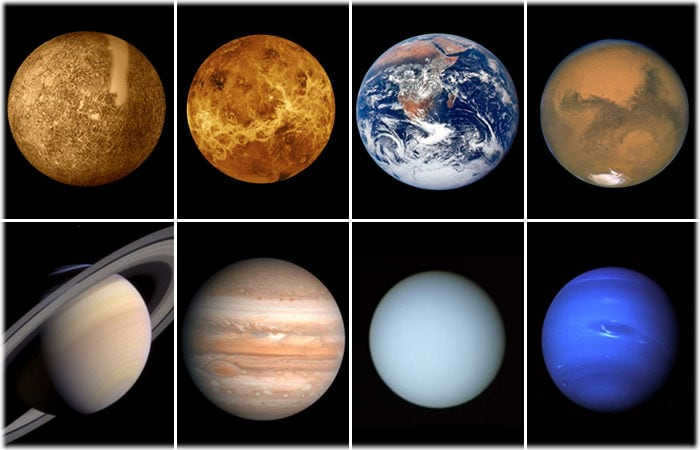
Our cosmos is the encompassing entity. The expanse is not merely void, but rather brimming with an abundance of entities, including celestial bodies such as stars, planets, nebulae, galaxies, black holes, pulsars, and quasars.
What we perceive is limited to what is accessible to us through cutting-edge technological advancements. The visible Universe encompasses all that can be observed using the most advanced telescopes. What lies beyond our awareness and comprehension remains a mystery. However, we will now impart knowledge about the most immense planets within our solar system.
Mercury
Mars is the fourth planet from the Sun, located at a distance similar to that of Earth. Scientists estimate its age to be around four and a half billion years. With a radius of 3390 kilometers, Mars has a lower gravity compared to Earth. This reduced gravity would make you feel lighter, as humans can lose up to 60 percent of their body weight on Mars. Additionally, Mars experiences extreme temperature variations. The equatorial regions can reach temperatures as high as 20 degrees Celsius, while the poles can drop to a bone-chilling minus 120 degrees Celsius.

Comparative sizes (from left to right) of Mercury, Venus, Earth and Mars
Venus, the second furthest planet from the Sun, shares a similar mass and size to Earth. Despite its name after the goddess of love and beauty, Venus is an incredibly hostile world. With a mass approximately 82% of Earth’s, Venus has a radius of about 6052 kilometers. Its rotation period is 243 days, while a full orbital cycle takes 225 days. Furthermore, Venus shares a similar composition to Earth.
The Earth is our residence. It is the third planet located at a distance from the Sun. Scientists estimate that the Earth is approximately 4.5 billion years old. They believe that it was created from a combination of dust, gas, and small asteroids after the formation of the Sun. Although not the largest planet in our solar system, the Earth is slightly bigger than Venus, with an average radius of 6371 kilometers. Our planet stands out as the only one that supports life in our solar system, thanks to its unique atmosphere. In fact, about 80 percent of the Earth’s surface is covered in water.
Neptune
Neptune is the eighth and farthest known planet from the Sun in the Solar System. In the Solar System, it is the fourth-largest planet by diameter, the third-most-massive planet, and the densest giant planet. Neptune is 17 times the mass of Earth and is slightly more massive than its near-twin Uranus, which is 15 times the mass of Earth and slightly larger than Neptune. Neptune orbits the Sun once every 164.8 years at an average distance of 30.1 astronomical units (4.50×10^9 km; 2.79×10^9 mi). It is named after the Roman god of the sea and has the astronomical symbol ♆, a stylized version of the god Neptune’s trident.
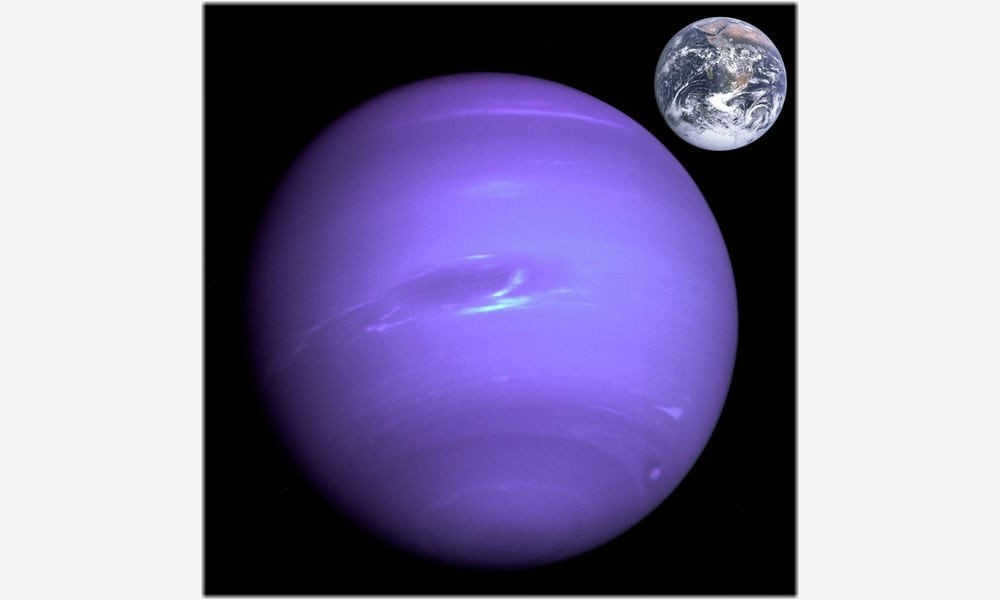
Neptune appears incredibly stunning. The planet’s atmosphere displays a mesmerizing blue hue and is composed of traces of methane and helium. Neptune was discovered shortly after Uranus in 1781. With a diameter of approximately 49 thousand kilometers, Neptune surpasses Earth’s size by a factor of seventeen. The planet boasts a rather tempestuous atmosphere.
In certain regions of Neptune, wind speeds can reach an astonishing six hundred kilometers per hour. Voyager captured striking cloud formations on the planet’s surface. The temperature on Neptune plummets to a bone-chilling minus 220 degrees Celsius, rendering it a frigid world situated far from our celestial body.
While Uranus is primarily a gas giant, its moons are made up of a combination of rocks and ice. At the center of the planet lies a solid core surrounded by a dense layer of water. The atmosphere of Uranus is predominantly composed of methane and ammonia. In the upper atmosphere, however, one can find a mixture of methane, helium, and hydrogen.
Saturn
Saturn is not just one of the biggest, but also one of the most stunning planets in our solar system. This incredible planet was first observed by the renowned scientist Galileo Galilei back in the year 1610. With a diameter of approximately 116,000 kilometers, Saturn is truly colossal. What makes Saturn even more captivating is its magnificent rings, which stretch out to an astonishing distance of up to 120,000 kilometers from the planet’s surface. To put its size into perspective, Saturn’s mass is a staggering 95 times greater than that of our very own Earth.
The most massive planet in our solar system
Jupiter is the largest planet in our solar system, with a diameter of 142,974 kilometers. It was named after a Roman god and is easily visible from Earth. The enormity of Jupiter is so great that it could easily encompass all the other planets in our solar system. This gas giant is known for its extremely frigid atmosphere. Due to its immense size, Jupiter rotates at an incredibly fast rate, with a day lasting only ten hours. This rapid rotation is a result of the strong centrifugal force at the planet’s equator.
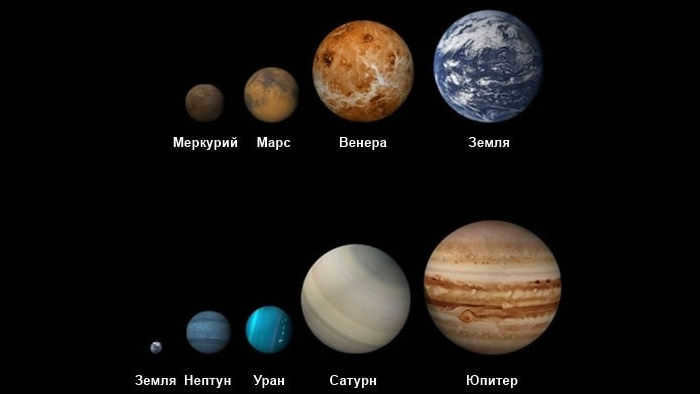
Comparison of the sizes of the planets within our solar system
Not only does this planet possess the greatest mass and diameter amongst all the planets in our solar system, it also boasts the largest number of satellites. A total of sixty satellites orbit around Jupiter. Interestingly, the four largest satellites are comparable in size to our very own Earth. These satellites were discovered by Galileo Galilei in 1610, following extensive observations of this celestial body. Jupiter’s atmosphere is primarily composed of hydrogen and helium.
The surface of Jupiter consists of a vast ocean of hydrogen. Jupiter’s magnetic field is twenty times stronger than that of Earth. Additionally, Jupiter experiences frequent and powerful storms and hurricanes, resulting in the presence of the iconic red spot on its surface.
If you come across any errors, please highlight the affected text and press Ctrl+Enter.
Determining the exact number of planets in the solar system is not a straightforward task. Traditionally, it was believed that there were nine planets in the solar system: Mercury, Venus, Earth, Mars, Jupiter, Saturn, Uranus, Neptune, and Pluto.
Interestingly, there are still numerous astronomers and regular individuals who are staunch defenders of Pluto, refusing to accept its reclassification as a non-planet. Some of them even go to the extent of organizing small protests and actively advocating for its planetary status on various online platforms (mostly outside of the country).
Therefore, when posed with the question “how many planets are in the solar system”, it is simplest to answer with “eight” and avoid delving into any further debate… unless you want to discover that there is no definitive answer.
50 fascinating facts about our solar system
- Jupiter holds the title for being the largest planet in our solar system.
- Within our solar system, there are 5 dwarf planets, one of which is now classified as Pluto.
- Asteroids are relatively scarce in our solar system.
- Venus takes the crown for being the hottest planet in our solar system.
- The Sun dominates approximately 99% of the volume within our solar system.
- One of the most captivating and unique destinations in our solar system is Saturn’s moon, where massive concentrations of ethane and liquid methane can be found.
- Our solar system has a tail that bears a resemblance to a four-leaf clover.
- The Sun follows an uninterrupted 11-year cycle.
- There are a total of 8 planets within our solar system.
- The formation of our solar system can be attributed to a vast cloud of gas and dust.
- All the planets in our solar system have been explored by spacecraft.
- Venus is the sole planet in our solar system that rotates in a counterclockwise direction on its axis.
- Uranus boasts a total of 27 satellites.
- The largest mountain in our solar system can be found on Mars.
- A massive number of objects in our solar system originated from the Sun.
- Our solar system is a part of the Milky Way galaxy.
- The Sun serves as the central object within our solar system.
- Our solar system is often divided into different regions.
- The Sun plays a crucial role in our solar system.
- The formation of our solar system took approximately 4.5 billion years.
- Pluto holds the distinction of being the farthest planet in our solar system.
- There are two regions in our solar system that are filled with small celestial bodies.
- Our solar system defies the laws that govern the universe.
- When you compare space to the solar system, it’s like comparing a vast ocean to a tiny grain of sand.
- Throughout history, the solar system has witnessed the loss of two planets: Vulcan and Pluto.
- Scientists argue that the solar system might have been created through artificial means.
- Among all the satellites in the solar system, Titan stands out with its dense atmosphere and cloud-covered surface.
- The Kuiper belt is the region of the solar system that extends beyond Neptune’s orbit.
- Comets and objects with long orbital periods originate from the Oort cloud, a distant region of the solar system.
- Gravity is the force that keeps every object in the solar system in its place.
- According to the prevailing theory, planets and satellites in the solar system formed from a massive cloud of matter.
- The universe’s most mysterious part is considered to be the solar system.
- Within the solar system, there exists a vast asteroid belt.
- On Mars, one can witness the eruption of the solar system’s largest volcano, known as Olympus.
- Pluto is regarded as the outermost region of the solar system.
- Jupiter harbors a massive ocean of liquid water.
- The Moon holds the distinction of being the largest satellite in the solar system.
- Pallada claims the title of the solar system’s largest asteroid.
- Venus shines as the brightest planet within the solar system.
- The solar system primarily consists of hydrogen.
- Earth stands as an equal member of the solar system.
- The sun gradually warms up over time.
- Interestingly, the sun houses the solar system’s largest reservoir of water.
- The plane of the orbit of each planet in the solar system deviates from the plane of the equator.
- Phobos, a satellite of Mars, is a peculiar feature of the solar system.
- The solar system can be astonishing in its diversity and magnitude.
- The Sun has an influence on the planets of the solar system.
- The outer region of the solar system is known as the habitat for satellites and gas giants.
- There are numerous lifeless planetary satellites in the solar system.
- Ceres, measuring 950 kilometers in diameter, holds the title for the largest asteroid.
Sources
- http://www.7gy.ru/shkola/okruzhajuschii-mir/930-pro-planety-solnechnoj-sistemy-dlya-detej.htmlhttp://100-faktov.ru/50-interesnyx-faktov-pro-solnechnuyu-sistemu/
Solar System
The solar system is simply a star system located within the Milky Way galaxy. It consists of the galaxy’s center, the Sun, and a planetary system that includes various celestial objects orbiting around the Sun. The outer planets, such as Jupiter, Saturn, Uranus, and Neptune, are commonly referred to as “gas giants”. On the other hand, the inner planets, namely Mercury, Venus, Earth, and Mars, are distinct from the outer ones. Each of these celestial bodies possesses its own unique characteristics and mysteries that have yet to be fully understood.
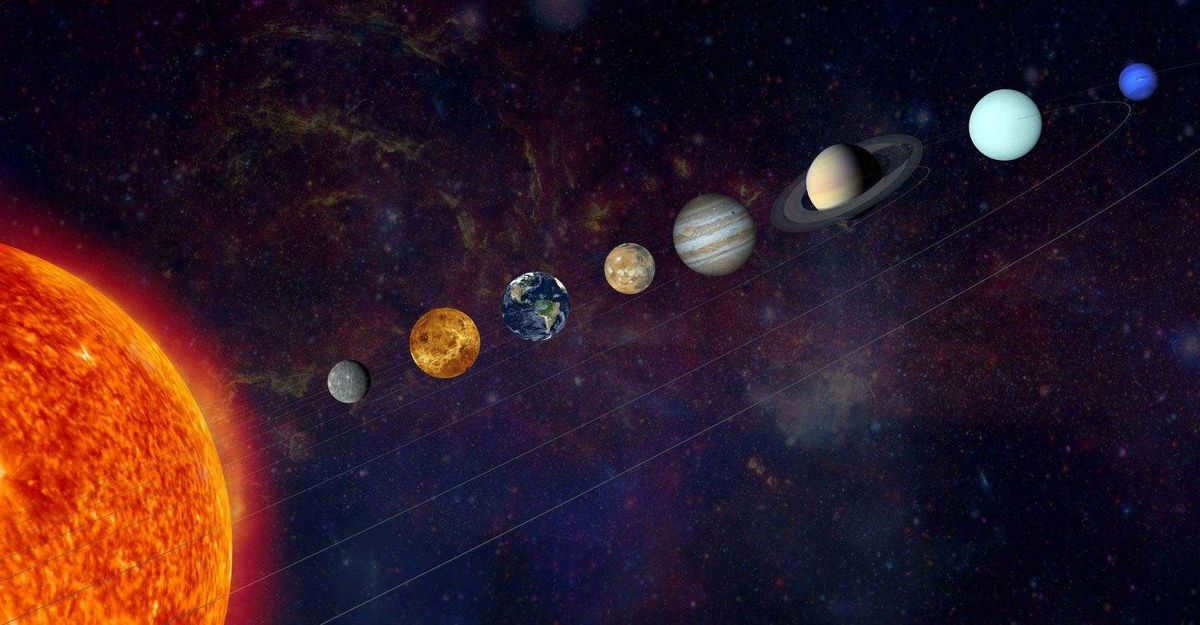
Dwarf planets
If we consider only dwarf planets, which planet is closer to the main star? There are currently a total of five planets with this status that have been discovered. These planets include Pluto, Makemake, Erida, Haumea, and Ceres. Makemake is known for its incredibly flat icy surface, composed of methane ice slabs. Erida is the heaviest dwarf planet, weighing about 27% more than Pluto. Haumea is unique in that it has an oval shape and a surface covered with a layer of ice. As for Ceres, it is located in the asteroid belt, has a spherical shape, and its orbit lies between the orbits of Jupiter and Mars.
Important! Among the other dwarf planets, Ceres is the closest to the main star. The approximate distance from the Sun is:
- Ceres is located 414 million kilometers away.
- Pluto is situated 5.9 billion kilometers away.
- Haumea can be found 7.7 billion kilometers away.
- Makemake is positioned 7.9 billion kilometers away.
- Erida is at a distance of 10 billion kilometers.
It is possible that more dwarf planets will be discovered in the future.
Check out this informative video on the topic: how many planets are in the solar system?
Check out this informative video about the Solar System!
Types of planets
Within the Solar System, there exist two distinct types of planets – terrestrial planets (such as Mercury, Venus, Earth, and Mars) and gas giants (including Jupiter, Saturn, Uranus, and Neptune).
The terrestrial planets are relatively small in size with rocky surfaces and are positioned closer to the Sun compared to the gas giants. Mercury and Venus are the two planets that are situated closer to the Sun than Earth.
The gas giants consist of Jupiter, Saturn, Uranus, and Neptune. These planets are primarily composed of gas, and they possess rings composed of icy debris and rocky fragments.
Pluto, the ninth planet, stands apart from the other groups mentioned above due to its distance from the Sun and its smaller diameter of 2320 km (which is only half the size of Mercury). This celestial body is classified as a dwarf planet.
Let’s take a moment to ponder the central star of our galaxy and the positioning of each planet in relation to the Sun.
Thanks to scientific advancements, scientists have made significant progress in unraveling the mysteries of the solar system and gaining a better understanding of it. Let me share with you some of the most remarkable and extraordinary facts.
- Except for Mercury and Venus, all planets in our solar system have satellites, ranging from just one to several dozen.
- Among the four planets closest to the Sun, Earth is the largest. Venus is slightly smaller than Earth, Mars is about 7 times smaller than Earth, and Mercury is a staggering 20 times smaller.
- Using a telescope, it is possible to observe planets not only during the night but also in broad daylight. The brightest planet, Venus, can often be seen in the daytime sky. Under favorable conditions, some planets can even be visible to the naked eye during the day, but their exact locations need to be known.
- Jupiter’s immense size and gravitational pull make it a crucial protector of Earth, as it attracts and captures space debris, ensuring the safety of our planet. With a volume 1300 times that of Earth, Jupiter’s powerful gravity is able to draw in comets and other space debris, causing them to collide harmlessly with its surface.
- Located between Mars and Jupiter, there is a cluster of small planets known as planetoids. Among these celestial bodies, the largest is the planet Ceres, although it is still significantly smaller than Earth’s Moon.
- Mercury lacks a dense atmosphere because, like the Moon orbiting the Earth, it always faces the Sun on the same side. Its orbital and rotational period is 88 days, resulting in eternal summer on the side facing the Sun and continuous night and eternal winter on the other side. Without an atmosphere to shield it, Mercury is vulnerable to collisions with comets and asteroids, resulting in a surface covered in craters.
- In the early 20th century, there was a widespread rumor about the vanishing of Saturn’s rings. People panicked, fearing that the ring debris would hurtle towards the Sun and potentially collide with Earth. This news caused quite a stir, but in reality, the rings had not disappeared completely; they simply became temporarily invisible.
- Mars is the location of the solar system’s tallest peak, Mount Olympus, which stands at nearly three times the height of Earth’s highest mountain.
- Jupiter boasts a multitude of over 60 satellites. Scientists speculate that Europa, one of its moons, could possibly harbor alien life forms.
- Uranus is distinguished as the sole planet in our solar system that spins on its side. This unique characteristic may be attributed to a colossal collision that occurred billions of years ago.
Planets similar to Earth
Now let’s examine the remaining planets in our solar system in alphabetical order.
Mercury
Mercury is the nearest planet to the Sun. It is the smallest among the eight planets and possesses remarkable speed. However, it is also remarkably dense due to its massive iron core. Its surface is adorned with craters and traces of ancient volcanic activity. The atmosphere is extremely thin, primarily composed of particles from the solar wind.
Venus
Venus, the second planet from the Sun, is often referred to as Earth’s twin due to its similar mass and size parameters. However, unlike our planet, Venus has extreme conditions that make it inhospitable for life. With higher pressure and temperature, Venus is not suitable for organisms to survive. Additionally, Venus shines brighter than any star and is only second in brightness to the Sun and the Moon. In terms of its rotation, Venus spins slowly in a clockwise direction and does not have any satellites. One interesting feature of Venus is its active volcanic activity, which has resulted in the absence of craters on its surface.
After our planet, the next destination in the course is Mars, which holds the fourth position in relation to the Sun. Mars, like other members of the Earth group, shares a small size. While Mars bears some similarities to Earth in terms of structure, the atmosphere on the second planet is not suitable for human beings. Mars experiences extremely harsh weather conditions, with dry air and a lack of surface water resources. However, beneath the surface, there are vast deposits of ice.
Figure 4. International Space StationWhat makes this planet particularly fascinating is the presence of the highest peak in the entire solar system – Olympus volcano, reaching a height of approximately 27 km. Scientists are actively studying Mars in search of signs of life.
Neptune
Adding to the intriguing information about our solar system is the enigmatic planet Neptune. This celestial body was not physically observed until 1846 by the renowned astronomer I.G. Halle. Prior to its visual confirmation, mathematicians Adams and Leverrier theorized the existence of Neptune through their meticulous study of celestial motion. Their calculations and observations led them to the conclusion that there must be another planet lurking in the vast expanses of space.
Neptune possesses a set of six rings surrounding it. The rings are characterized by a dark shade, while the planet itself showcases a stunning turquoise hue, which is attributed to the presence of methane in its atmosphere. Among the giant planets, Neptune boasts the highest surface density, albeit its gravity is only 17 percent stronger than that of Earth. At first glance, one might think that it is possible to embark on a journey to Neptune and explore its surface. However, such an endeavor is impossible due to the planet’s surface being composed of gaseous matter rather than a solid structure. Moreover, the gases comprising Neptune, when exposed to low temperatures, transform into a liquid state, which exhibits a viscous consistency.
Neptune is situated at a distance from the Sun that is 30 times greater than that of Earth. The winds on the planet, which consist of various gases, can attain speeds of up to 2,000 kilometers per hour. These winds are not only powerful but also frigid, with atmospheric temperatures plunging to as low as minus 221 degrees Celsius.
Neptune completes one orbit around the Sun every 164 years, which means that since it was first discovered in 1846, the planet has only made one journey around our star. A full day on Neptune lasts for 16 hours.
There are two satellites that revolve around the planet.
The poles of Neptune are known for their spectacular displays of the northern lights.
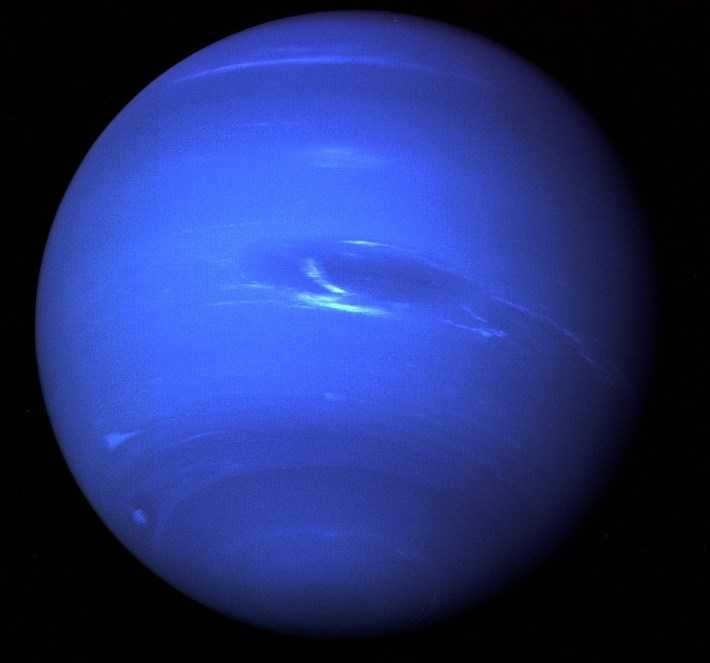
Pluto: The 9th and Final Planet
Pluto used to be considered the 9th planet in our solar system. However, it is now classified as a dwarf planet, along with other objects like asteroids. In 2006, it was given the official designation of “asteroid 134340”.
The orbit of Pluto was predicted by Percival Lowell in the early 20th century (which is why one of the proposed names for the planet was Percival). It was later observed through a telescope by C. Tombaugh in 1930.
Despite being only six times smaller in mass than the Moon, Pluto has four satellites: Charon, Hydra, Nix, and P1.
Initially, the planet was referred to as Planet X, but a competition was held to find a suitable name. A schoolgirl from Oxford named it Pluto, and she received £5 as a prize.
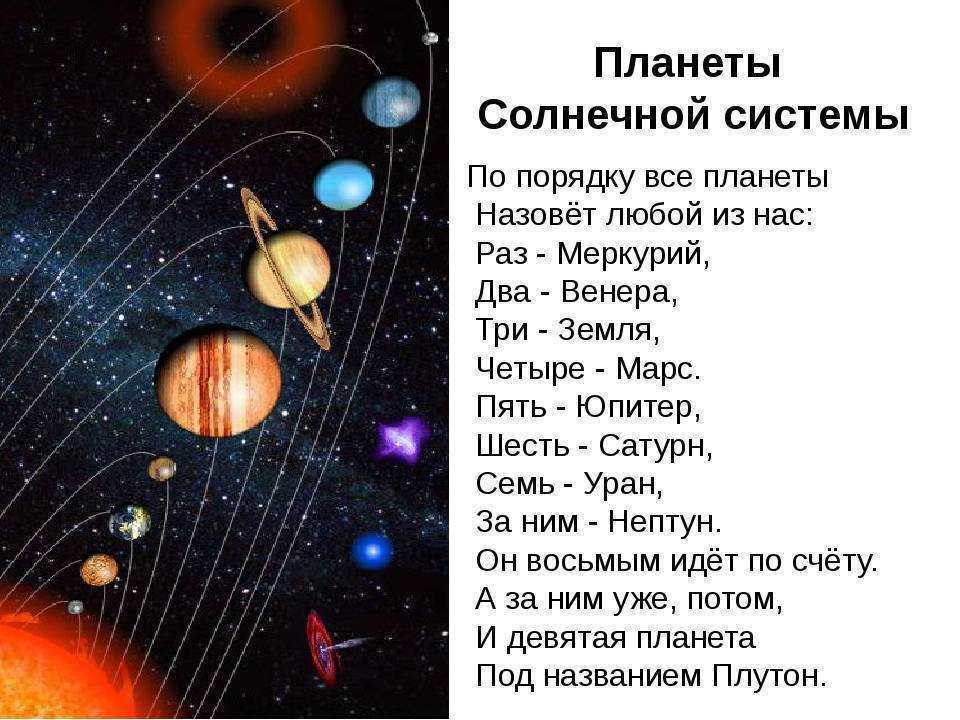
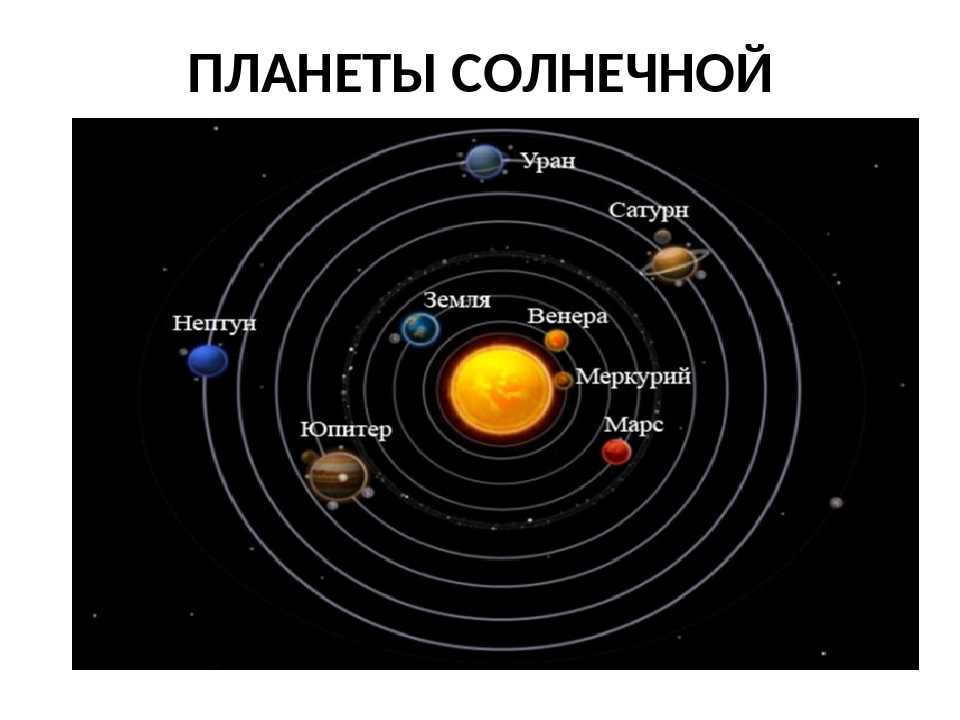
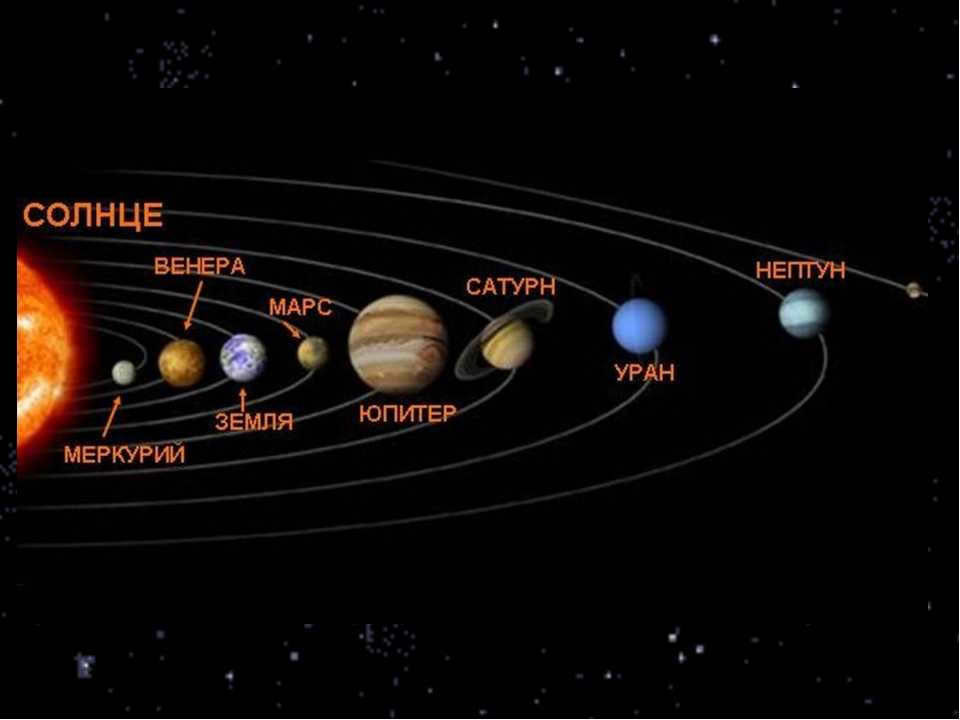
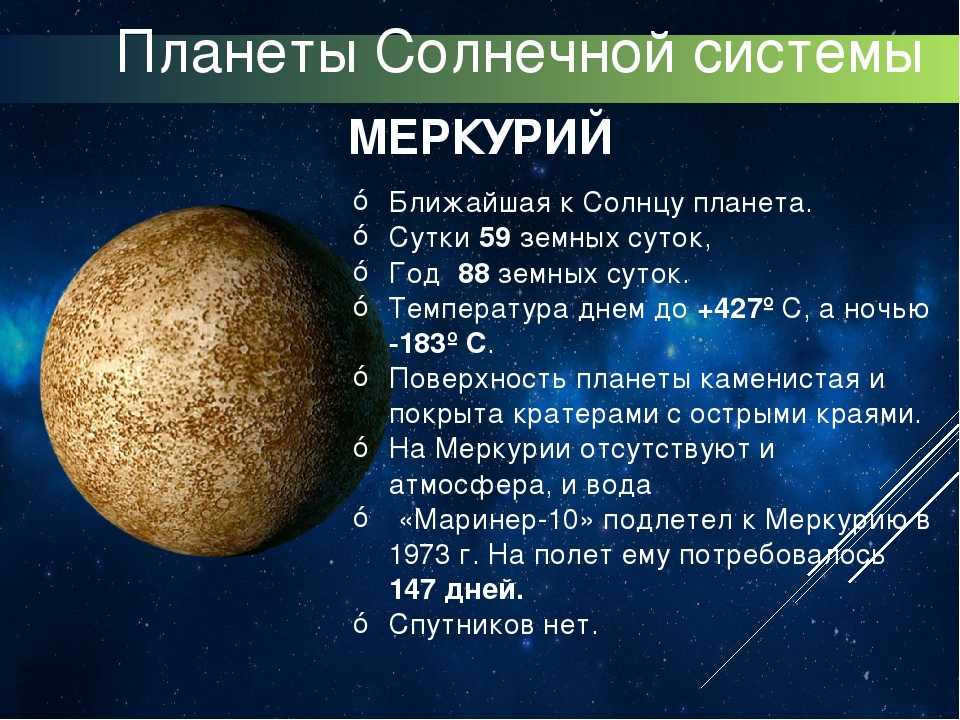
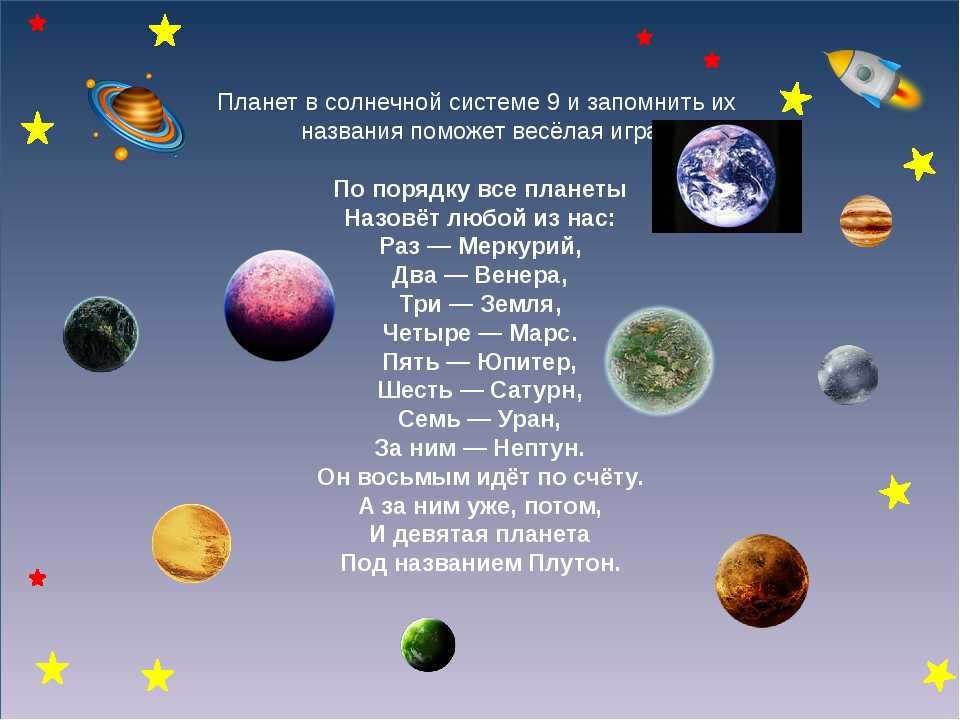
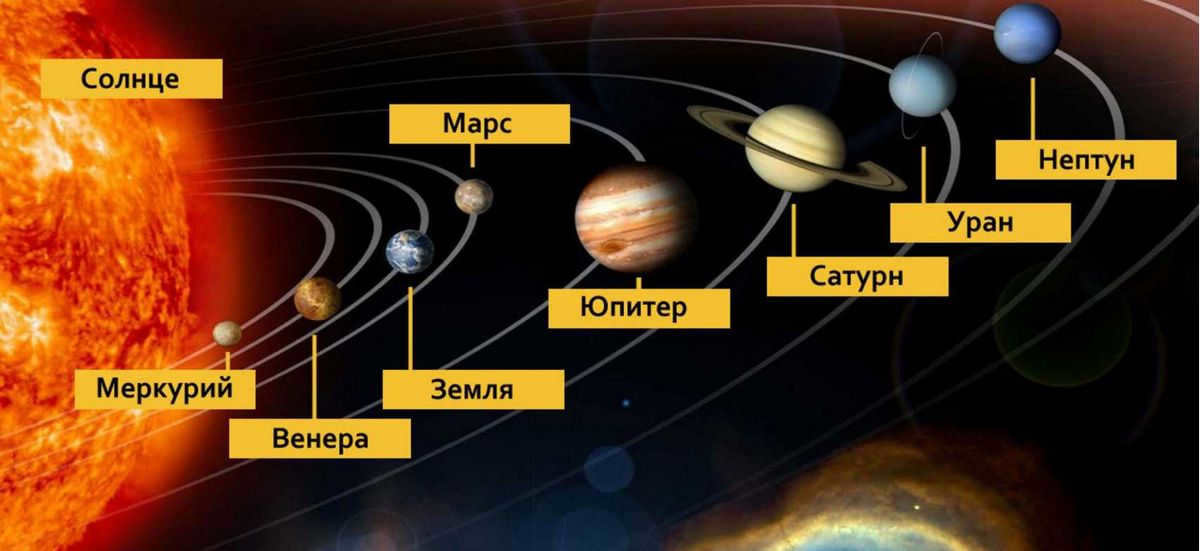
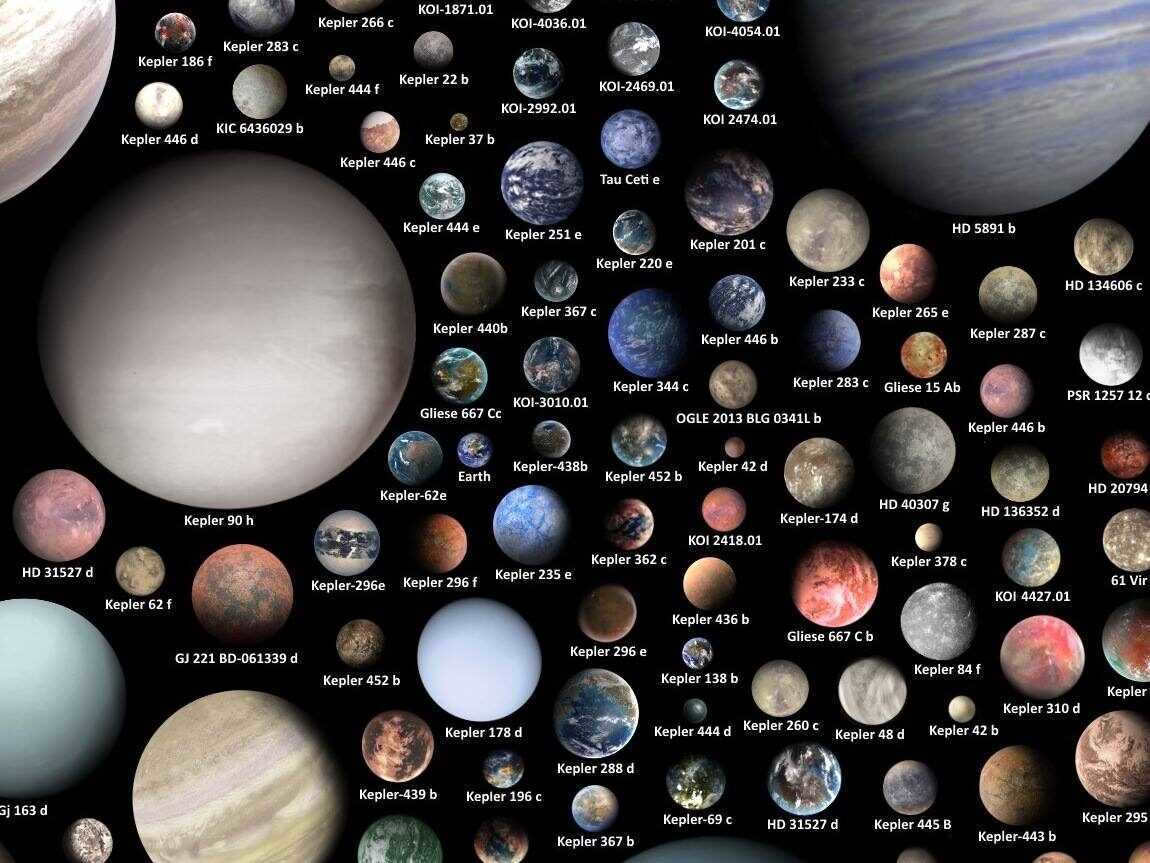
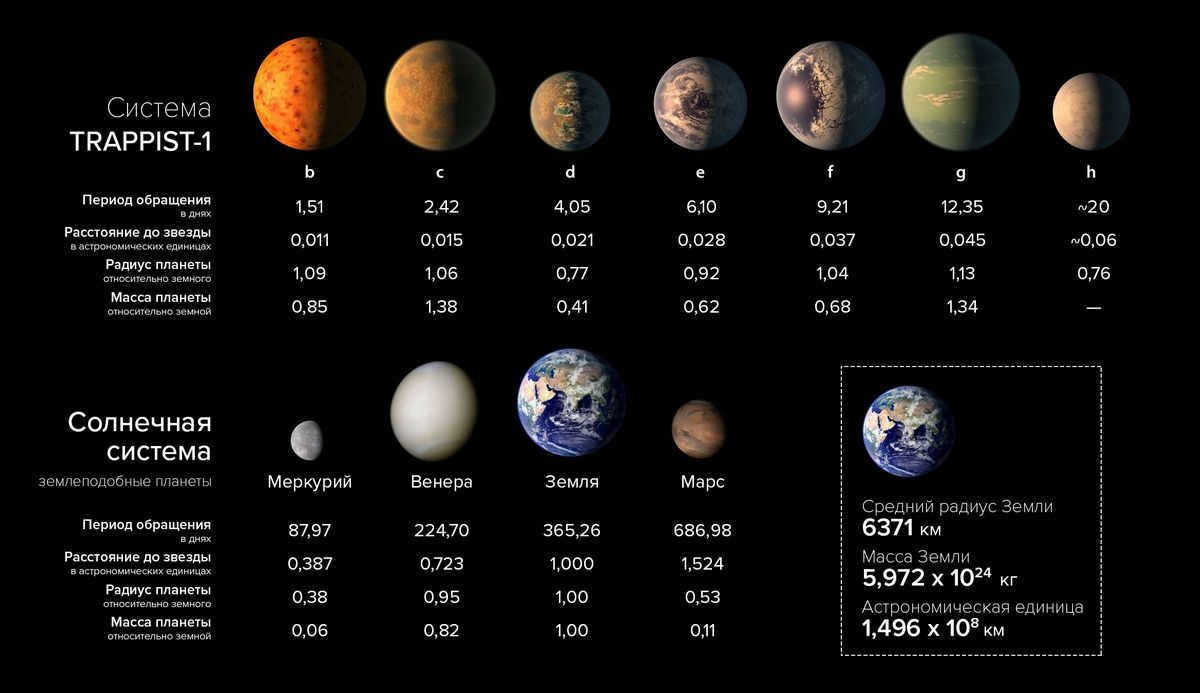
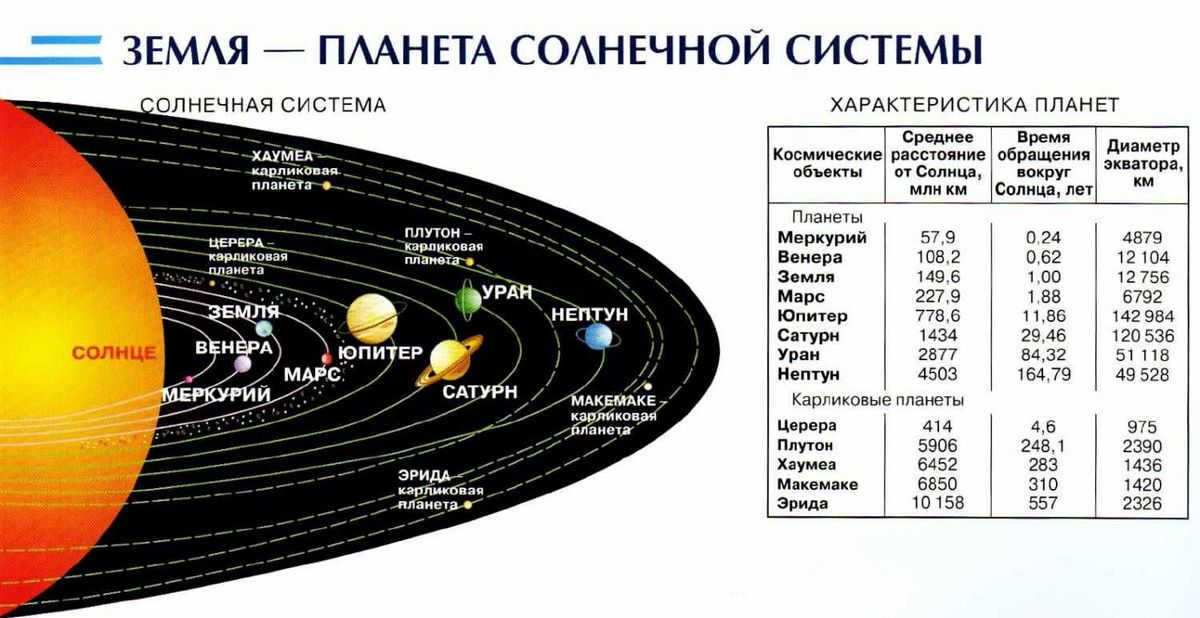
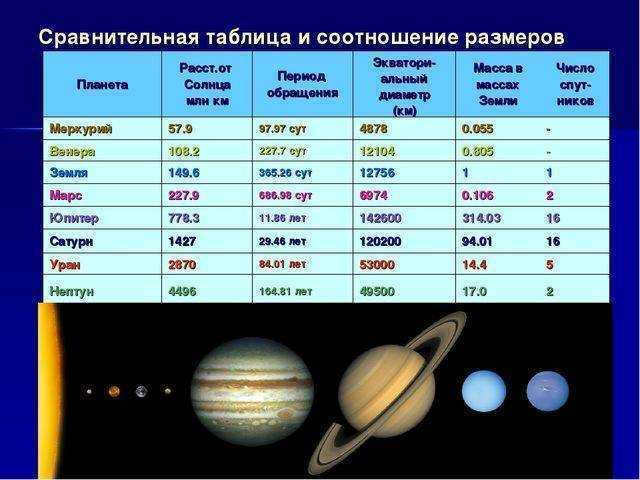
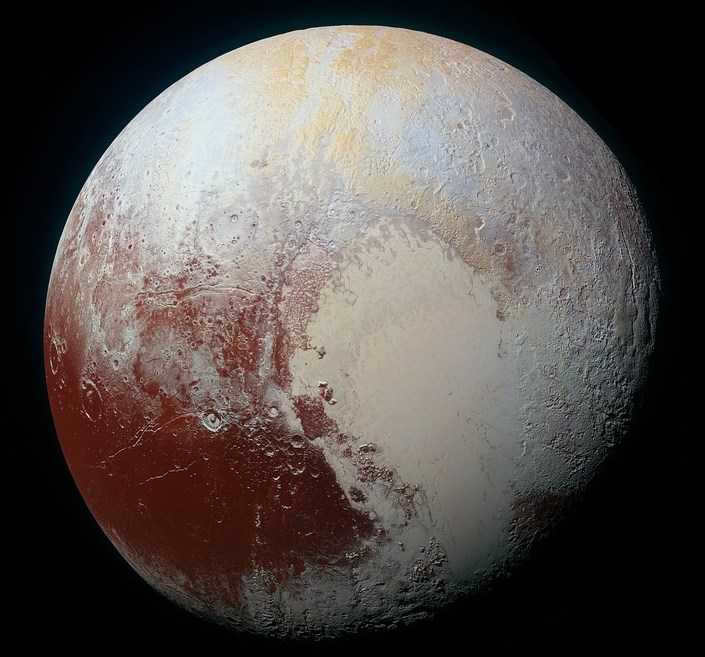
The American New Horizons spacecraft was the first to approach the block of rocks and ice known as Pluto in 2015. It flew just over 12 thousand kilometers away from the surface and captured images.
Pluto’s slow movement makes it difficult to determine its location in the starry sky. To identify its position, one must compare it to star maps. Unlike Pluto, Venus can be easily recognized not only by its large size but also by its rapid motion relative to the stars. Even if Pluto were as close to Earth as possible, it still cannot be seen without a telescope. Currently, it is moving away from the Sun, and its maximum distance will occur in 2113.
Pluto possesses a unique atmosphere composed of carbon monoxide, nitrogen, and methane, setting it apart from other dwarf planets. Additionally, it boasts two distinct poles, a north pole and a south pole. These distinguishing features contribute to its classification as a full-fledged planet, despite the Astronomical Society’s decision to demote it to a dwarf planet.
Accompanying Pluto is its satellite Charon, which is only half the size of Pluto. This similarity in mass has led to the nickname “double planet,” as Charon’s gravitational influence on Pluto is minimal.
Notably, Pluto holds the title for being the coldest planet, with an average temperature of 229 degrees below zero Celsius.
In terms of weight, Pluto is 416 times lighter than our own planet, resulting in a gravitational force that is 16 times weaker than Earth’s.
The duration of a day on this planet is nearly 7 days, and it has a unique rotation direction compared to Earth. As a result, the sun rises in the west and sets in the east. Due to the immense distance between the sun and the planet, the sun appears to be a mere star, and the scarcity of sunlight allows for a perpetually starry sky.
Scientists speculate that beyond the Kuiper cloud lies the Oort cloud, which consists of cosmic dust and is the source of comets with long orbital periods around the Sun. The boundary of this cloud is estimated to be one light-year away from the Sun. In contrast, the nearest star, Proxima Centauri, is located four light years away. The solar system’s planets offer an inexhaustible supply of intriguing facts, as there will always be new discoveries regarding the celestial bodies that encircle the Sun.
Dwarf planets
These celestial objects are characterized by their small size and their distance from the Sun. This group of entities remains relatively understudied due to their remote locations. However, with advancements in technology, scientists have been able to gather more data of significant importance in the field of space exploration.
Pluto
Pluto is considered one of the smallest planets in our solar system, and was classified as a “dwarf” planet in 2006. It takes approximately 248 years for Pluto to complete one orbit around the Sun, and it rotates on its axis every 6.5 days. Located within the Kuiper Belt, Pluto is situated in a region of the solar system that is home to numerous other small celestial bodies.
Despite its small size, Pluto has five satellites, with Charon being the most well-known. Charon is nearly the same size as Pluto, which is why they are often referred to as a “double” planet.
Pluto’s surface is composed of a combination of rock and ice, while its atmosphere contains a significant quantity of hydrocarbon impurities, resulting in a distinct brownish hue.
Ceres
Initially classified as the largest asteroid, Ceres was subsequently designated as a dwarf planet. However, it is the smallest member of its category in terms of size. It was the first dwarf planet to be discovered, back in 1801, and is situated between the planets Mars and Jupiter.
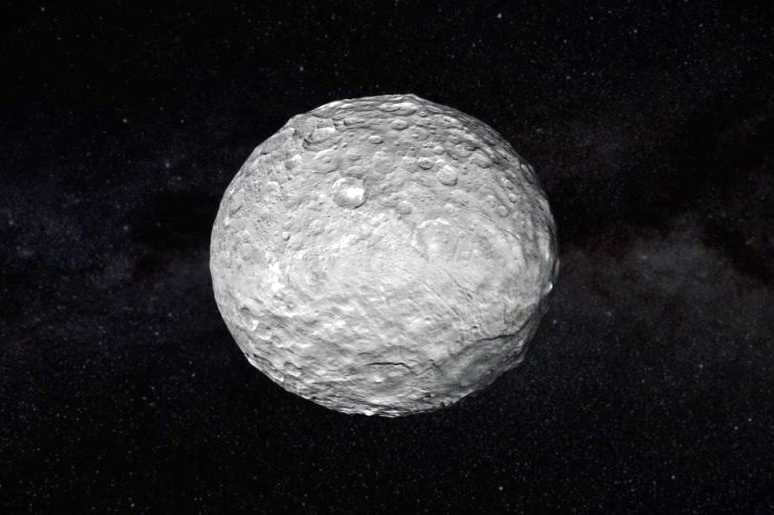
Ceres
Ceres’ surface is composed of clay rocks and chunks of ice. Below the crust lies a thick layer of ice and a small core. The atmosphere is rarefied and consists mainly of water vapor. Ceres does not have any natural satellites.
Makemake
Makemake is the third largest dwarf planet and is situated in the Kuiper belt. It was discovered by scientists around the same time as Erida. Unlike other celestial bodies, it was named after the goddess of abundance who was worshiped by the tribes of Easter Island.
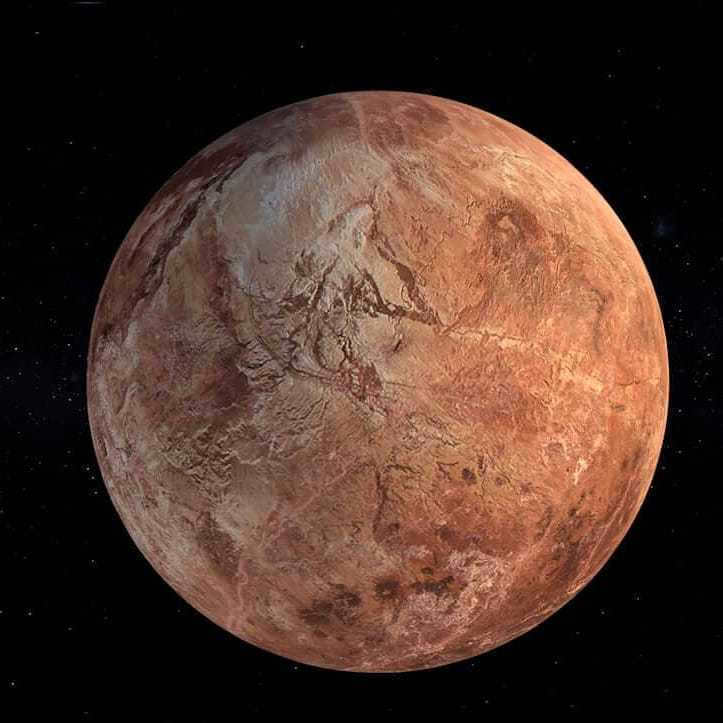
Among the dwarf planets, Makemake remains a mystery to scientists. Its size has not yet been accurately measured. However, its orbital period is known, which is equivalent to 306 Earth years. The surface of this dwarf planet is composed of a combination of methane ice and hydrocarbons. Unlike other planets, Makemake does not have a stable atmosphere. Additionally, it possesses a faint satellite that is difficult to observe.
Erida, which is only slightly larger than Pluto, played a significant role in causing Pluto to lose its planetary status. Erida is located in the Kuiper belt and takes 561 Earth years to complete one orbit around the Sun.
When Erida was first discovered in 2005, astronomers believed they had found the tenth planet. However, it was later reclassified as a dwarf celestial body.
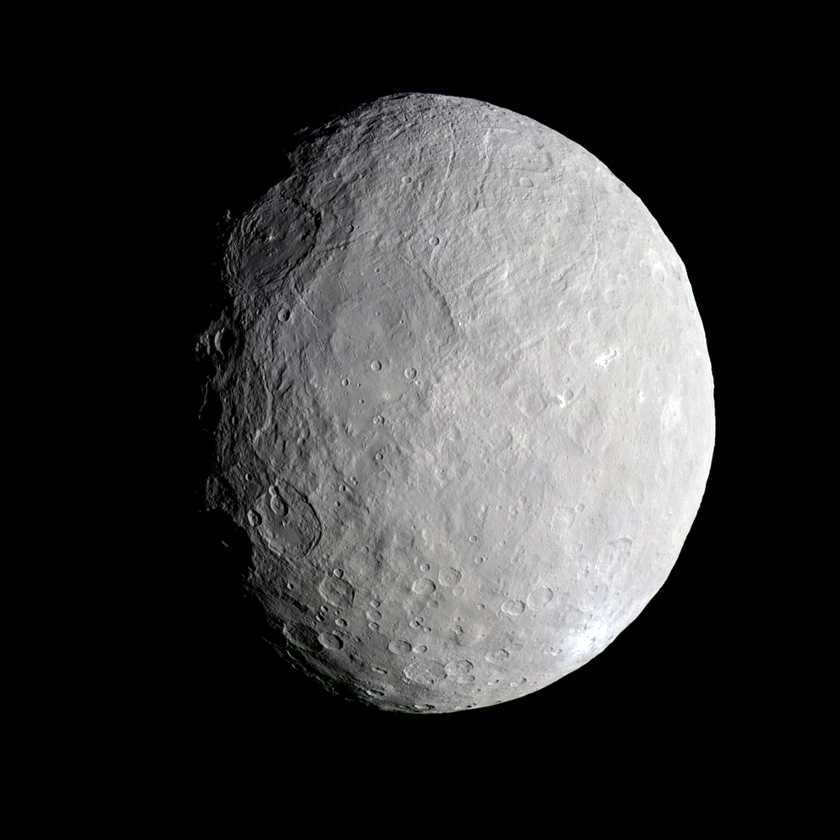
Erida
Erida is composed of a combination of ice and carbon impurities. When these substances evaporate, they create a temporary gas envelope. Located 10 billion kilometers from the Sun, Erida experiences surface temperatures that never exceed -253ºC.
Haumea
Haumea is a unique dwarf planet in our solar system. What sets it apart from other celestial bodies is its incredibly fast rotation. Unlike other planets that take around 24 hours to complete one rotation, Haumea spins on its axis in just 4 hours. This rapid rotation gives Haumea its distinctive shape, which is irregular and flattened, resembling an egg. It’s truly a fascinating sight to behold!
In addition to its remarkable rotation speed, Haumea also has a much longer orbital period around the Sun compared to other planets. While it takes Earth only 365 days to complete one full orbit, Haumea takes a whopping 282 years! This means that Haumea’s journey around the Sun is a rare and extraordinary event.
Haumea was discovered in 2005, along with another dwarf planet called Erida. The simultaneous discovery of these two celestial bodies added to our understanding of the outer regions of our solar system and expanded our knowledge of the diverse and intriguing worlds that exist beyond Earth.
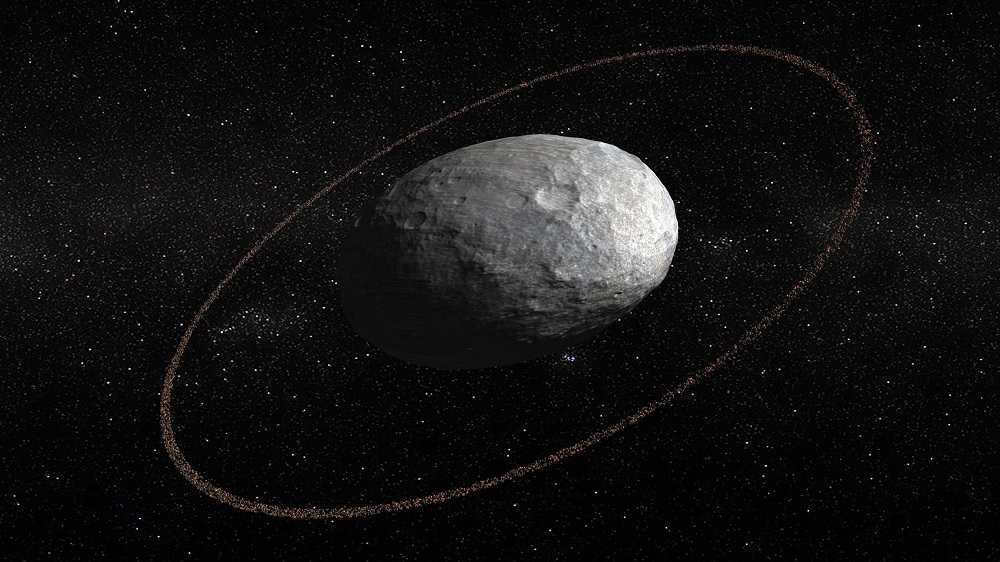
Haumea
Haumea is unique among the dwarf planets due to its possession of rings and small celestial bodies that were created as a result of a collision with a massive asteroid. Situated in the Kuiper Belt, Haumea’s movement is slightly affected by the gravitational pull of Neptune. Comprised of ice with traces of minerals and hydrocarbons, this dwarf planet lacks an atmosphere.
The detailed study of all the planets in the Solar System has not yet been completed due to their unique characteristics and distant locations. However, advancements in technology have allowed for the acquisition of new data, which in turn requires a reevaluation of existing theories. It is possible that in the future, there will be specialized research vehicles capable of gathering additional information about Venus, gas giants, and dwarf planets.
Short phrases called mnemonics are helpful for remembering various information by creating artificial associations.
Here, we have compiled mnemonics for children to memorize the planets in our solar system, which can sometimes be a challenging task. The only thing to note is that when these mnemonics were created, Pluto was still considered a planet, so it is included in most of them. However, since 2006, Pluto has been classified as a dwarf planet, so it can be omitted when memorizing now.
Solar System Planets Memorizers
You can easily remember the order of the planets in our Solar System (Mercury, Venus, Earth, Mars, Jupiter, Saturn, Uranus, Neptune, Pluto) by using the first letters of each planet’s name. Just remember the following phrases:
- We Keep Your Memory Vivid Every Monday!
- A little bird took a bite of honey and a ripe apple. A naughty goat stole an umbrella.
- On a fine evening, a young man climbed up the mountain To see an amazing panorama.
- My mother always forbid me, a young explorer, to learn the names of the planets.
- The Smart Whale taught the Young Jackal, completely exhausting the poor boy.
- We’ll meet tomorrow, my Young Friend, at the Next Party.
- The Wise Sorceress, the Golden-Haired Trendsetter of the South, has a fondness for the latest Poetry.
- We are all aware: Many young Groundhogs acquire knowledge of the names of celestial bodies.
- It is feasible to venture Beyond Mars with a skillful maneuver Off Our Planet.
- Mom is crafting strawberry delicacies, and her young son is no longer crying.
- Venya used Marusina’s skirt, made of Satin and Uranium, to measure the Earth; he is quite mischievous.
- Gloomy Vicious Infection Can Harm Weary Nymphomaniacs.
- Mary, the Sun’s Southern Belle, pays the least attention to the smile on the beach.
- Little Peter is slowly navigating the Earth; the Garden is Adorned with Indestructible Lampshades (mnemonics of planets by Alexei Golovnin).
- While Dreaming of Matrimony, it is not sufficient to merely Remove Your Skirt – You Must Grin and Embrace.
Concise information on the planets within our solar system
The solar system is comprised of a total of 8 planets, which are arranged according to their proximity to the Sun:
- The inner planets, also known as the terrestrial group, consist of Mercury, Venus, Earth, and Mars. These planets primarily consist of silicates and metals.
- The outer planets, namely Jupiter, Saturn, Uranus, and Neptune, are referred to as gas giants. These planets are considerably more massive compared to the inner planets. Jupiter and Saturn, being the largest planets in our solar system, are mainly composed of hydrogen and helium. Uranus and Neptune, the smaller gas giants, contain methane and carbon monoxide in addition to hydrogen and helium within their atmospheres.
Figure 1. The planets within the Solar System.
The order of planets in the Solar System, starting from the Sun, is as follows: Mercury, Venus, Earth, Mars, Jupiter, Saturn, Uranus, and Neptune. When listing the planets from largest to smallest, this order changes. The largest planet is Jupiter, followed by Saturn, Uranus, Neptune, Earth, Venus, Mars, and finally Mercury.
All the planets orbit the Sun in the same direction as the Sun’s rotation (counterclockwise when viewed from the Sun’s north pole).
Mercury has the highest angular velocity – it is able to complete a full revolution around the Sun in just 88 Earth days. As for the farthest planet, Neptune, its orbital period is 165 Earth years.
The majority of planets rotate on their axis in the same direction as their orbit around the Sun. However, there are two exceptions: Venus and Uranus. Uranus has a unique rotation, almost “lying on its side” with an axis tilt of approximately 90 degrees.
When reading this information, please refer to the accompanying
table. It provides a comprehensive overview of the planets in our Solar System and their distinctive characteristics.
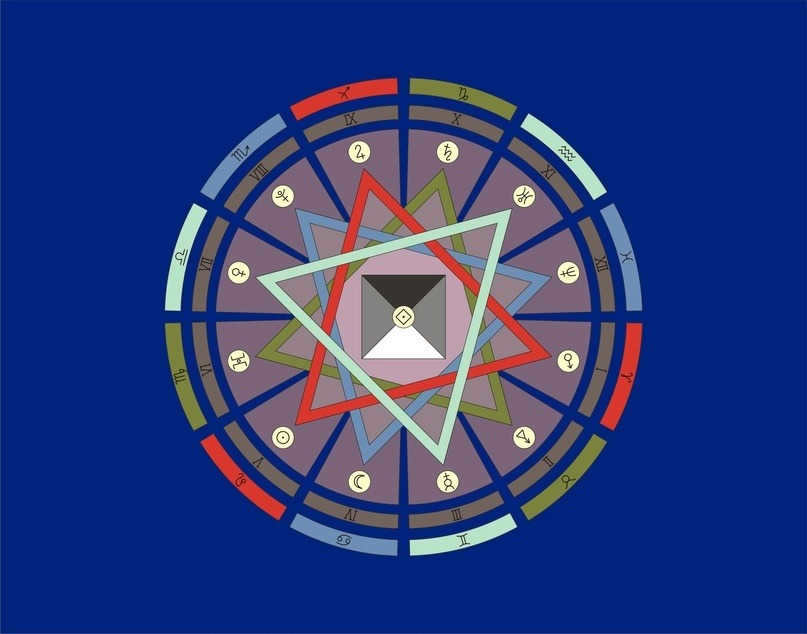
According to astrology, each sign is associated with certain ruling planets, with some signs having one ruler and others having two. For instance, Mars is the ruler of Aries, Venus is the ruler of Taurus, Mercury is the ruler of Gemini, the Moon is the ruler of Cancer, and the Sun is the ruler of Leo….
This article provides a comprehensive overview of this topic and also challenges the accuracy of the traditional ruler scheme in astrology.
Chapter 1: Vedic Ancient and Western Medieval Astrology
Before the invention of telescopes, only 7 celestial bodies were known – Sun, Moon, Mercury, Venus, Mars, Jupiter, and Saturn. The Sun and Moon were also referred to as celestial bodies because the astronomical system was geocentric.
Celestial body – derived from the Greek word for “celestial wanderer”. Therefore, from this perspective, both the Sun and the Moon can be considered celestial bodies. However, personally, I still prefer to call them luminaries.
Western medieval stewardship scheme
- Sun – Leo
- Moon – Cancer
- Mercury represents Gemini and Virgo.
- Venus represents Taurus and Libra.
- Mars represents Aries and Scorpio.
- Jupiter represents Sagittarius and Pisces.
- Saturn represents Capricorn and Aquarius.
This is the system of undiscovered planets beyond Saturn’s orbit – Uranus, Neptune, and Pluto – that is preserved in Vedic astrology, which originated from Western astrology. The only difference is that Western astrology does not take into account the so-called lunar nodes.
The Vedic system of planetary rulership:
- The Sun rules Leo.
- The Moon rules Cancer.
- Mercury rules Gemini and Virgo.
- Venus rules Taurus and Libra.
- Mars rules Aries and Scorpio.
- Jupiter rules Sagittarius and Pisces.
- Saturn rules Capricorn and Aquarius.
- Rahu rules Virgo.
- Ketu rules Pisces.
However, vedic astrology considers these nodes. (Nodes refer to the points where the lunar and solar orbits intersect from a geocentric perspective). However, it is my belief that it is illogical to disregard the actual planets and instead focus on fictitious ones. (which do not physically exist)
On the other hand, Western astrology, despite its adherence to traditional authorities, is more adaptable and thus incorporated transaturn planets into the system of assigning ruler planets to signs. Meanwhile, in Vedic astrology, everything has remained unchanged for centuries.
Chapter 2: The Revolutionary Evolution of Western Astrology
Following the advent of telescopes, the inclusion of trans-saturn planets transformed the astrological system. These newly discovered planets were assigned as rulers of three zodiac signs: Scorpio, Aquarius, and Pisces, while the previous rulers became their secondary rulers.
Thus, a hierarchy was established with a primary ruler and an additional one, often referred to as a sub-ruler or co-ruler.
The New Western Scheme of Rulers and Sub-Rulers
- Aries – ruled by Mars
- Taurus – ruled by Venus
- Gemini – ruled by Mercury.
- Cancer – ruled by the Moon
- Leo – ruled by the Sun
- Virgo – ruled by Mercury
- Libra – ruled by Venus
- Scorpio – ruled by Pluto, co-ruled by Mars
- Sagittarius – ruled by Jupiter.
- Capricorn – ruled by Saturn.
- Aquarius – ruled by Uranus, co-ruled by Saturn.
- Pisces is governed by Neptune and influenced by Jupiter.
Chapter 3: Contemporary Western Astrology
There are a total of 10 rulers in modern western astrology. These include the two luminaries and the eight planets of the solar system: Mercury, Venus, Mars, Jupiter, Saturn, Uranus, Neptune, and Pluto. However, this number is not sufficient to cover all 12 zodiac signs without repetition. For instance, Taurus and Libra, as well as Gemini and Virgo, share the same main rulers.
To address this issue, the scheme was further refined by adding Proserpine and Chiron to the system (the significance of these celestial objects will be explained later). Additionally, sub-rulers were introduced for all signs except Cancer and Leo.
Contemporary western scheme of rulers and sub-rulers
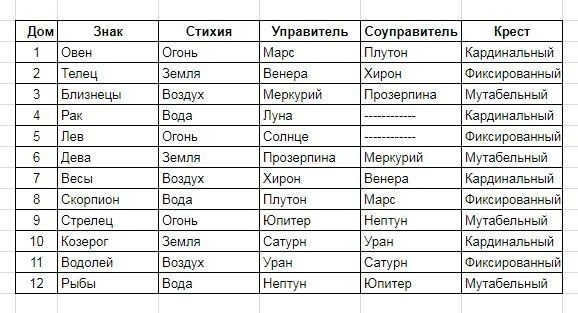
- Aries – ruled by Mars, sub-ruled by Pluto.
- Taurus – ruled by Venus, sub-ruled by Chiron
- Gemini – ruled by Mercury, sub-ruled by Proserpine
- Cancer – ruled by the Moon
- Leo – ruled by the Sun
- Virgo – ruled by Proserpine, sub-ruled by Mercury.
- Libra – ruled by Chiron, sub-ruled by Venus.
- Scorpio – ruled by Pluto, sub-ruled by Mars.
- Sagittarius – ruled by Jupiter, sub-ruled by Neptune.
- Capricorn – ruled by Saturn, sub-ruled by Uranus.
- Aquarius – ruled by Uranus, sub-ruled by Saturn.
- Pisces – ruled by Neptune, sub-ruled by Jupiter.
Chapter 4. Modern Western Astrology and Astronomy
In this section, our focus will be on examining the minor celestial bodies from an astronomical perspective. Additionally, we will explore the role of Chiron and Proserpine as rulers in the contemporary Western astrology system.
Large asteroids in the solar system and the centaur Chiron
Within astrology, there are only six significant minor celestial objects that are considered. These include Ceres, Chiron, Pallas, Juno, Vesta, and Pholus. While all but Chiron and Fola are classified as asteroids, they are commonly referred to as such in astrology
(similar to how the Sun and Moon are referred to as planets in astrology. Astrologers, unlike astronomers, prioritize practicality over strict categorization)..
The largest asteroid, known as Ceres, is not included in the revised scheme of the 12 zodiac signs. However, there is a question as to why Chiron, a centaur-like object with a comet-like orbit that stays within the solar system and the orbit of Uranus, is included. This raises doubts and leaves me without an answer.
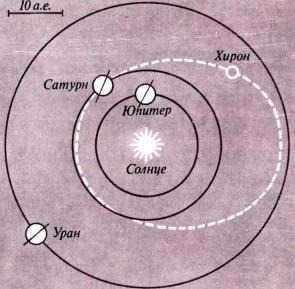
Chiron, the most well-known among the larger centaurs, derives its name from a character in Greek mythology. This character is an immortal centaur, possessing the body of a horse and the upper body of a man. He is renowned as the instructor of all the legendary heroes of ancient Greece and has been immortalized in the night sky as the constellation Sagittarius.
Furthermore, if Chiron symbolizes the Sagittarius constellation and serves as a teacher, what connection does it have with Taurus and Libra? Would it not be more appropriate to assign Chiron as a subordinate ruler of Sagittarius? I am not the only one who holds this opinion.
Many years ago, I implemented the author’s steward distribution system, but this topic deserves not just an article, but an entire book.
In the hierarchy of rulers, apart from Chiron, we can also find Proserpine. Its location and significance will be explained later on.
Chapter 5. Modern Western Astronomy
The minor planets of the solar system and the asteroid belts.
There are not just one, but two asteroid belts in our solar system. These are known as the Main Asteroid Belt and the Kuiper Belt. The Main Asteroid Belt can be found between the orbits of Jupiter and Mars, while the Kuiper Belt is located beyond the orbit of Neptune.
All planets within the Kuiper Belt are referred to as trans-Neptunian planets and are classified as minor planets. This designation holds a special significance in the field of astronomy.
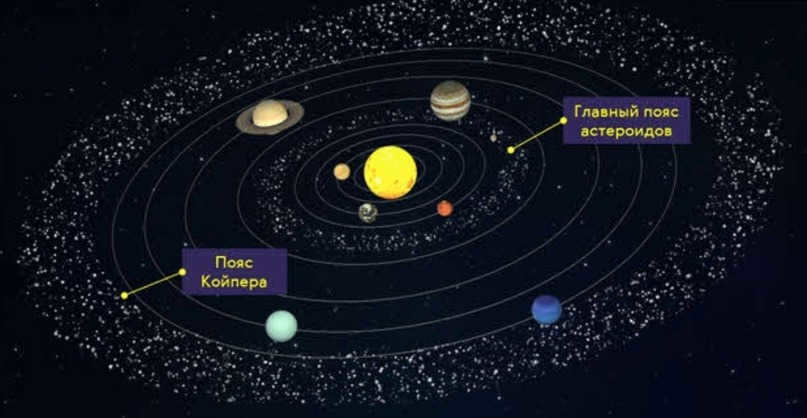
Due to the limited number of large planets, it is a viable option to designate small planets as rulers, especially considering that Pluto was previously classified as a full-fledged planet. However, in 2006, astronomers revoked its planetary status due to its small size and orbit that is more similar to that of a comet rather than a planet. (an eccentric orbit is an orbit more like that of a comet than a planet).
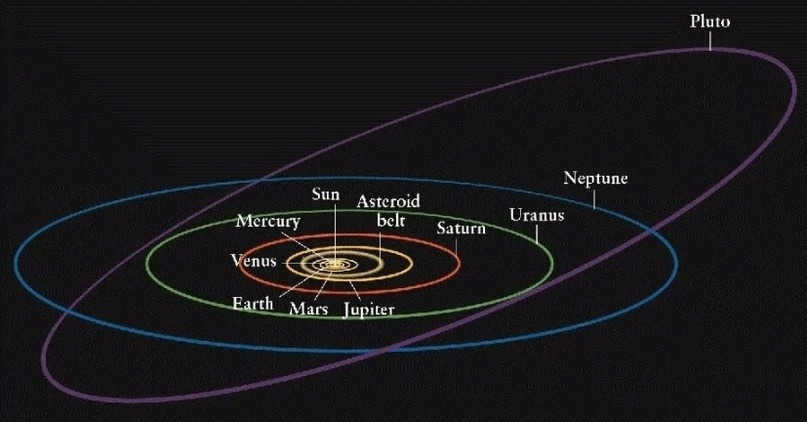
This is a compelling reason to include Chiron in the governing structure. However, in addition to Pluto, which currently holds the title of the largest object in the Kuiper Belt, there are other celestial bodies beyond Pluto’s orbit.
Some of the minor planets in our solar system include:
Pluto, Erida, Gungun (2007OR), Makemake, Haumea, Sedna, Kwawar, and Orcus. (the list is organized from largest to smallest).
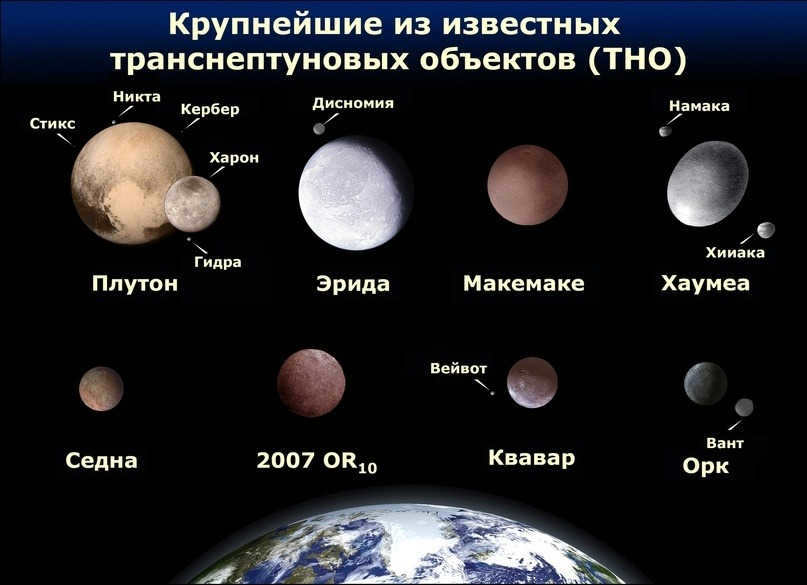
The nature of the dwarf or minor planet known as Proserpina in astrology remains uncertain. In fact, Proserpina belongs to a group of celestial bodies known as fictitious planets.
(Fictitious planets refer to those whose existence has not been confirmed by astronomers. Astrologers, on the other hand, base their calculations on ephemerides, which are hypothetical or special points in the sky, such as the lunar nodes mentioned earlier in the section on Vedic astrology)..
Personally, I strongly believe that astrologers should reconsider this system and incorporate actual planets as the rulers of the 11th and 12th houses, rather than relying on asteroids, centaurs, and other fictional planets.
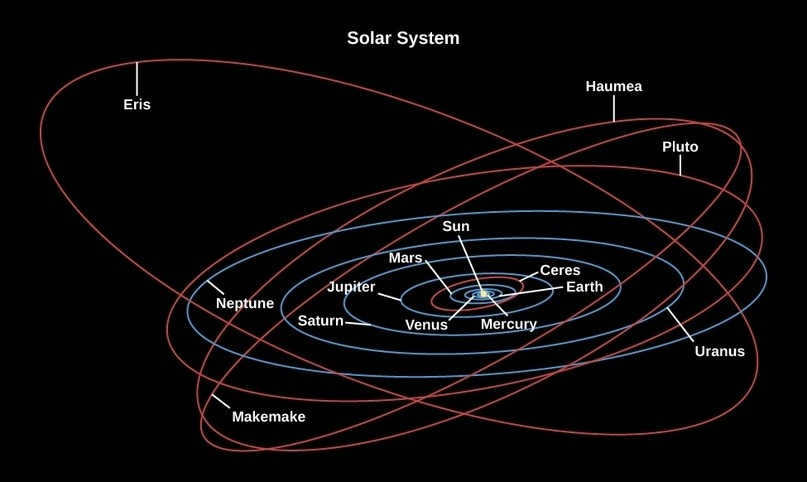
This diagram displays the orbit of the largest asteroid, Ceres (Ceres), with the orbit marked in red between the orbits of Mars and Jupiter. It’s interesting to note that Chiron’s orbit is not depicted in this diagram.
This fact further supports the argument against considering asteroids and centaurs as rulers, as their sizes are relatively small.
Additionally, it’s worth mentioning that Chiron is not the largest among the Centaurs. The largest one is called Chariklo, with Chiron being in second place. Surprisingly, astrologers seem to overlook Chariklo as a significant object, despite it being the largest. In fact, it should have been considered as a ruler from the beginning.
I don’t oppose the inclusion of Chiron and other major asteroids, as well as fictional planets like Proserpina, in the astrological system. However, I believe they should be regarded as sub-rulers rather than the main rulers.
Everything must be in its proper position, but the issue is that Chiron, as the primary ruler of the Libra zodiac sign, is definitely out of place. We will demonstrate this not only through astronomy, but also by combining astrology with numerology.
Part 2. Astronumerology: Numbers and Planets
In this section, you will discover the five main numerological systems that connect numbers with planets. Let’s begin by drawing an analogy to the first part of the article, progressing from simple to complex, starting with Vedic numerology and moving on to Western numerology.
Chapter 6. Vedic numerology
Vedic traditional version
Chapter 7. Western Numerology
All the celestial bodies in astrology have a connection with the numbers in numerology. Numerology consists of only 9 numbers, with all others reducing to single digits.
The conventional western version
It is worth noting an intriguing fact. In this system, all the planets of the solar system are included, except for Pluto! Interestingly, astronomers have disputed its planetary status.
There is a reason why Pluto was stripped of its planet classification, as explained in the preceding section. In the past, the astronomical understanding was incomplete because the small planets of the Kuiper belt had not yet been discovered.
Isn’t it fascinating how occultism and official science actually complement each other rather than contradict each other?
Chapter 8. Enhanced Numerology
There is also an effort to combine the Vedic and Western versions in two different ways. The first variation disregards the nodes, while the second variation disregards the trans-saturn planets. However, the main two variants, the first one you are already familiar with, and the second variant is presented below.
Modified western variation based on Vedic.
Shown below is the fourth least significant variation. It is considered sacrilegious to include fictional planets like nodes and exclude trans-saturn planets in any approach. However, this does not deter Vedic followers.
An Adapted Vedic Version Based on the Western Variant
As we learned from the first part, there are enough planets for the distribution of rulers to each of the 12 signs. Let’s incorporate them into the expanded system.
The Enhanced Western Variant with 13 Planets and Numbers
- Sun
- Moon
- Mars
- Mercury
- Jupiter
- Venus
- Saturn
- Uranus
- Neptune
- Pluto
- Proserpine
- Vulcan
- Chiron
The concept of the last five planets has long been known in occultism. However, in this context, Vulcan is identified as number 22, and Chiron as number 33. This brings up the question of where the other correspondences of special numerology numbers, such as 44, 55, 66, 77, 88, and 99, fit in. This will be addressed in a separate article.
If there is some logic in the placement of the planets based on their almost exact distances from the Sun in the initial Western version, then the logic is not clear in the traditional Vedic version and the Western version based on Vedic astrology. For instance, it is unclear why Rahu and Ketu are not assigned to the numbers 8 and 9.
All this information will be valuable to us in the future as evidence that the distribution of ruling planets is incorrect. To achieve this, we must first establish the correctness of a single numerological scheme for assigning numbers to planets. Elementary arithmetic, specifically the multiplication table, will assist us in this endeavor.
Part 3. Astronumerological arithmetic
In this section, I will unveil confidential information – an author’s scheme, or rather a table. It is not out of the question that I may have reinvented the wheel, as Pythagoras himself possessed this table. After all, he was not only the creator of the multiplication table but also the founder of numerology.
What is even more significant are the conclusions I have drawn from this research. I made this discovery when I was 17 years old and deeply engrossed in numerology. I decided to experiment by reducing all the numbers in the multiplication table to a single digit, as is customary among numerologists. And here are the results I obtained.
Chapter 10. Unveiling the Mysteries of the Times Table
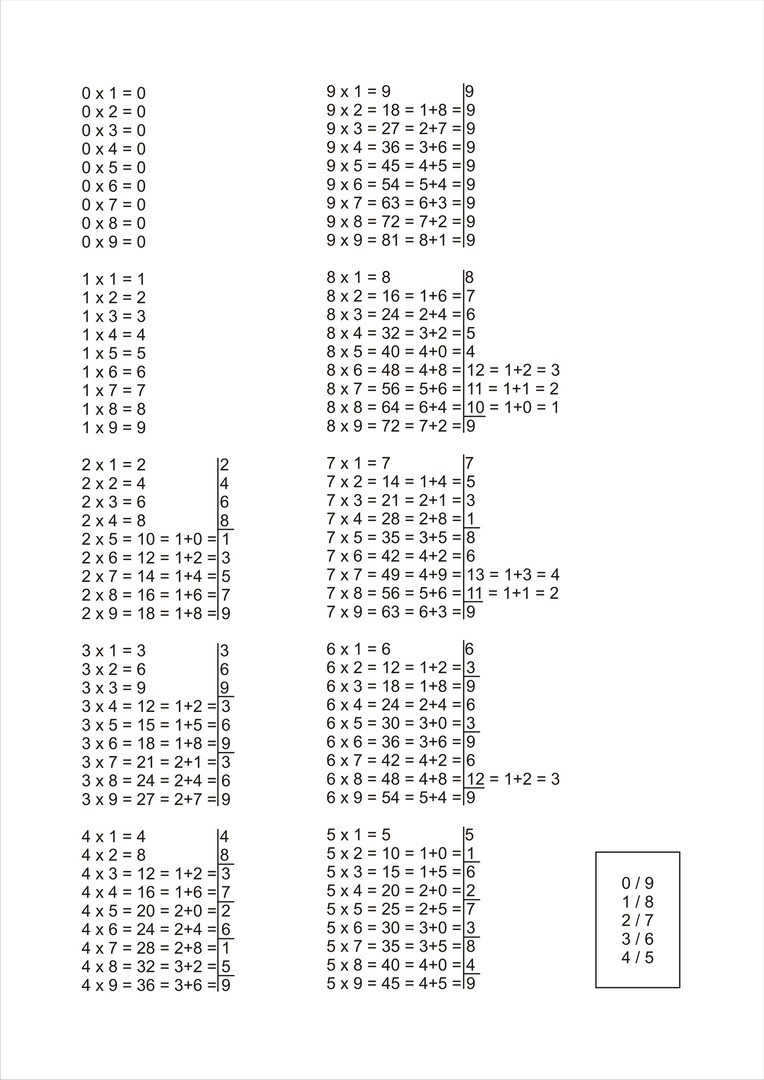
If you carefully examine the table, you will notice that each number has a corresponding pair. For instance, 1 is the opposite of 8, 2 is paired with 7, 3 with 6, 4 with 5, and 9 with 0. This pattern becomes evident when observing the sums of the numbers. The sums of all numbers from 1 to 9 progress in ascending order, while the sum of 8 goes in the opposite direction, from 8 to 1. This relationship forms the first pair.
The numbers 2 and 7 are divided into two groups: even and odd. The sums of 3 and 6 alternate between 3, 6, 9 and 9, 6, 3. Similarly, the pairs of 4 and 5 form distinct groups. As you can observe, every number in the table has a corresponding pair, with the exception of 9, whose pair is 0.
Chapter 11. Demonstration of the accuracy of the Western astronumerological system through synthesis with astrology.
Afterward, I made a significant breakthrough. Now that we have covered the information mentioned earlier, we can proceed to the crux of the matter.
The precise arrangement of ruling planets according to their respective numbers.
Therefore, it appears that the accurate arrangement is as follows:
- The Sun – Leo opposite – 8. Uranus represents Aquarius.
- The Moon – Cancer opposite – 7. Saturn, Capricorn.
- Mars – Aries opposite – 6. Venus – Libra
- Mercury – Gemini opposite – 5. Jupiter – Sagittarius
- Neptune – Pisces opposite – 0. Proserpine – Virgo
- Pluto – Scorpio opposite – ?. ? – Taurus
In the first scheme, all the signs are aligned, whereas in the second scheme, the Vedic and adapted signs do not align at all. For those unfamiliar with astrology, let me remind you of what the 12 signs of the zodiac look like. This will help illustrate which signs are opposite to each other.
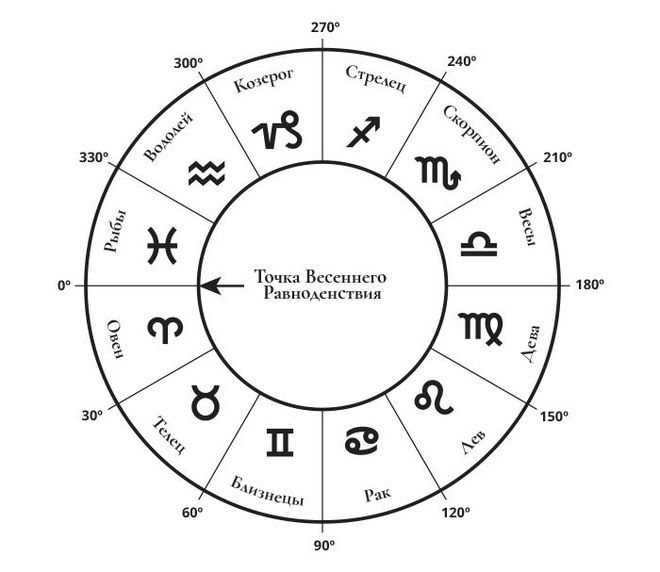
It appears that Taurus and Scorpio did not receive any numbers. However, it is known that Scorpio is ruled by Pluto, which leaves Taurus. This brings us to the main answer to the question of why Venus cannot be the ruler of Taurus?
Based on the final synthesis scheme of zodiac sign numbers and planets, it is evident that Mars is opposite to Venus. This means that if Mars is the main ruler of Aries, it can only be opposite to Libra. The main ruler of Venus is in Libra, not Taurus.
So, is the ruler of Taurus Chiron?
Then why do most astrologers consider Venus to be the ruler of Taurus instead of Libra? It is clear that most astrologers are simply misguided. They lack a complete understanding and have not made such a synthesis.
This is the potential placement for the infamous Chiron, although as the primary ruler of Taurus rather than Libra. Some astrologers choose to assign Chiron as the ruler of Taurus.
However, does it oppose Pluto? This is a complex subject that warrants its own separate article. In fact, there are multiple topics related to this, as the web of information regarding synthesis and interconnectedness is quite intricate.
These include subjects such as the Opposite Numbers Table, Transpluto planets, and their correlations with specific numbers. The answer to the question of who is the main ruler of Taurus can only be found within these topics.
To simply state that Vulcan is the main ruler without any evidence would be an empty claim, so stay tuned for further discussions in upcoming articles.
It has been definitively established that Venus governs Libra, not Taurus, and we have already made a substantial adjustment to the system of assigning rulers to zodiac signs.
As an addendum, I would like to conclude this article by debunking the myth surrounding retrograde planets. Additionally, I aim to showcase the outcome of this comprehensive analysis and synthesis.
Chapter 12. Debunking Myths About Retrograde Planets
A common belief among astrologers is that retrograde planets are weakened because they move backwards. The assumption is that when a planet goes in reverse, its power is reversed as well. However, the reality is that retrograde planets simply change their position in the horoscope, becoming the ruler of a different sphere.
At one point, I thought I had made a groundbreaking discovery, only to find out that some astrologers also consider retrograde planets as sub-rulers. I’m not sure when this practice started, but for those with a more advanced understanding of astrology, I have included a table below.

The table is not entirely accurate, so I have made some improvements. While it may not be a comprehensive system of interpreting the houses in alternative astrology, many astrologers will find this simple yet accurate version helpful in finding the truth.
The completed chart of ruling and sub-ruling planets by zodiac signs
- Aries – Mars
- Taurus – Vulcan and Venus (R)
- Gemini – Mercury
- Cancer – Moon
- Leo – Sun
- Virgo – Proserpine and Mercury (R)
- Libra – Venus
- Scorpio – Pluto and Mars (R)
- Sagittarius – Jupiter and Chiron
- Capricorn – Saturn
- Aquarius – Uranus and Saturn (R)
- Pisces – Neptune and Jupiter

